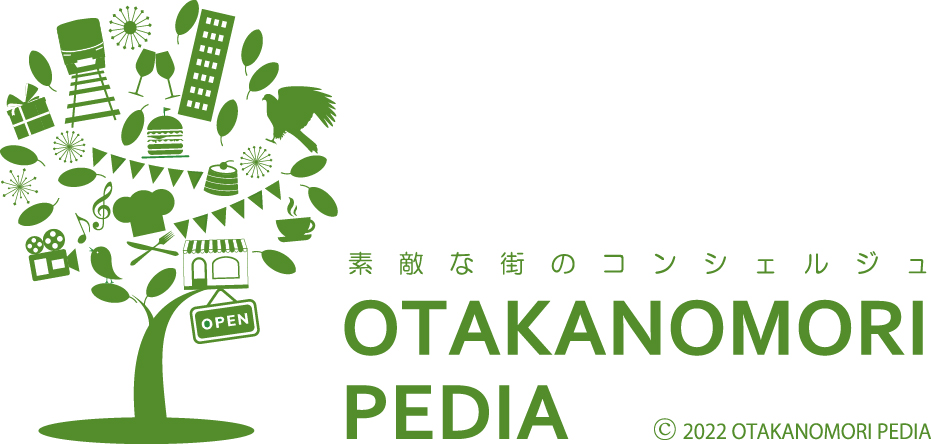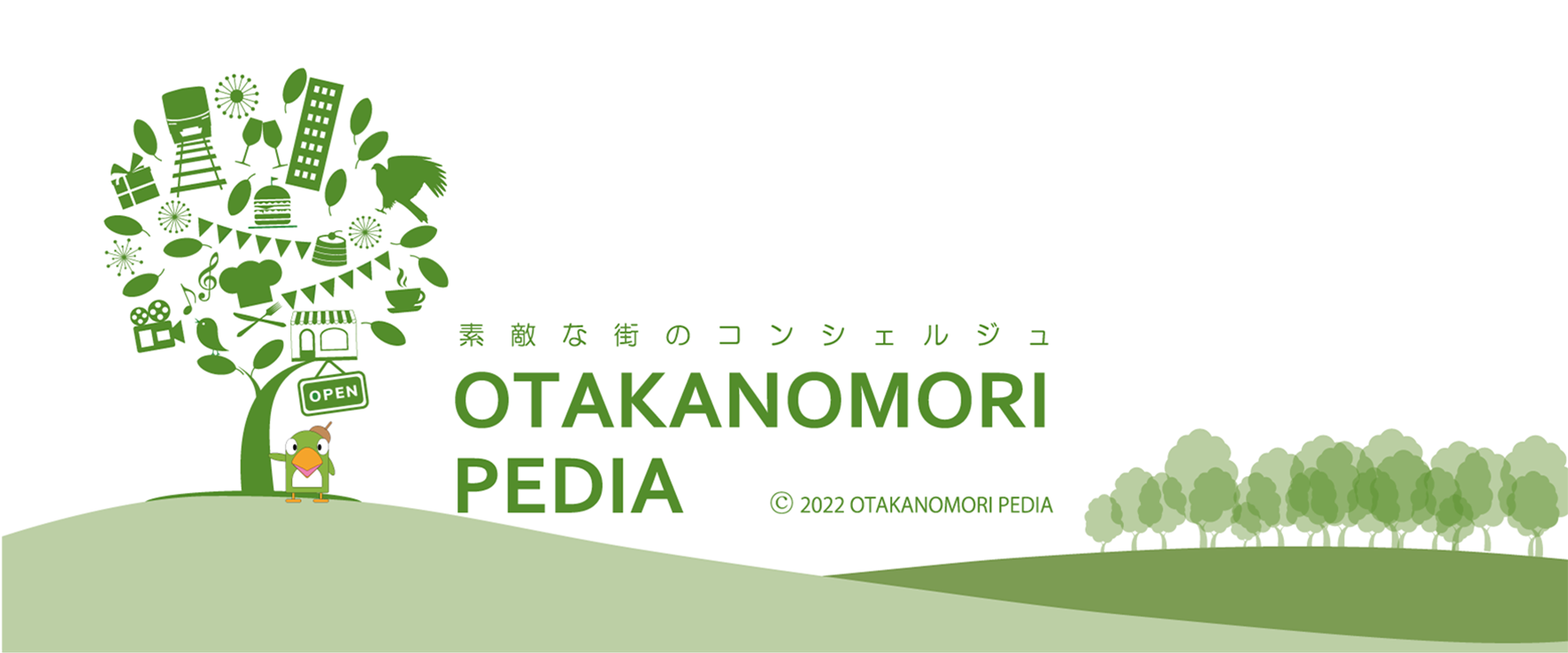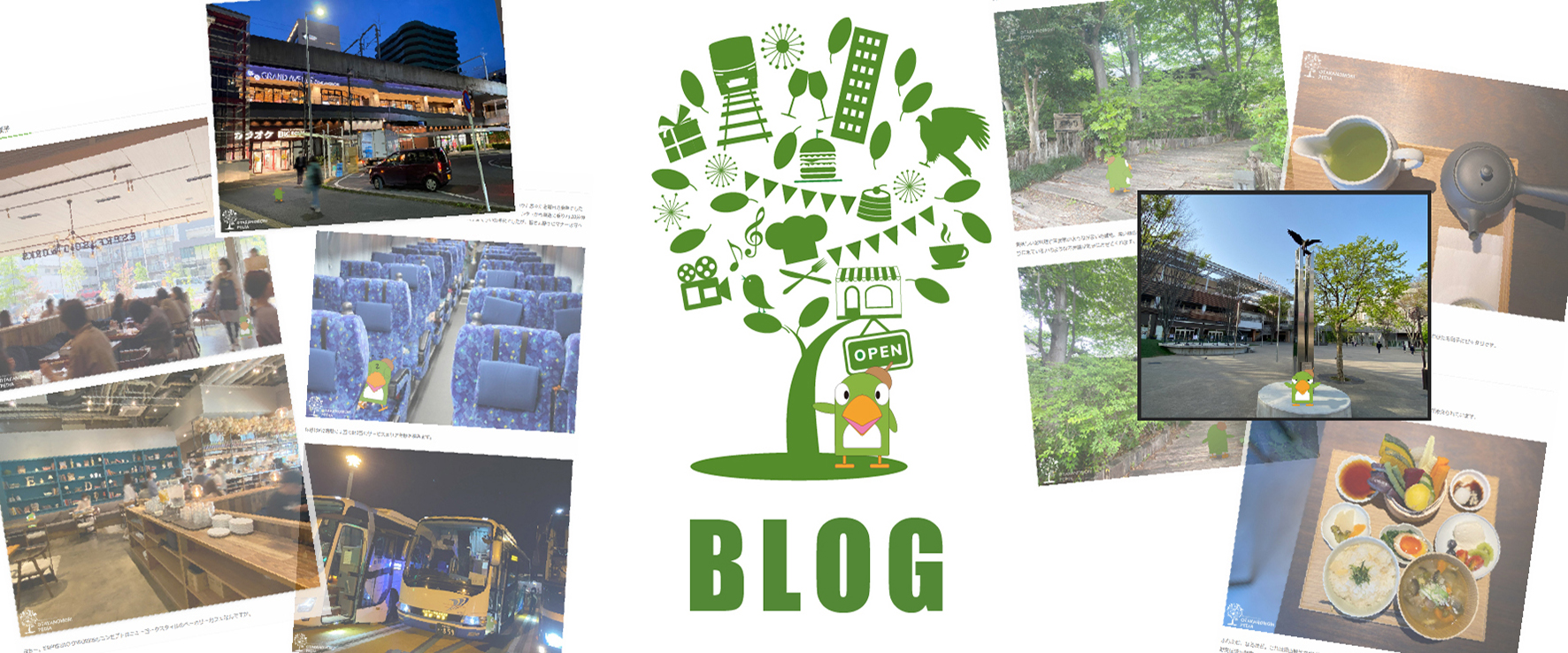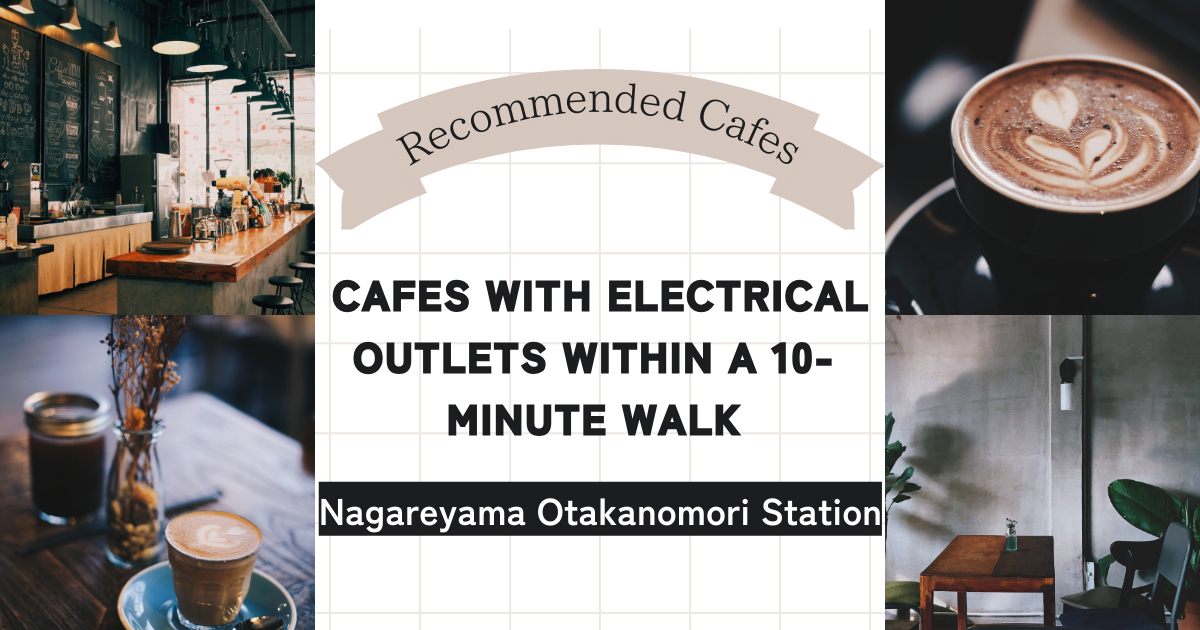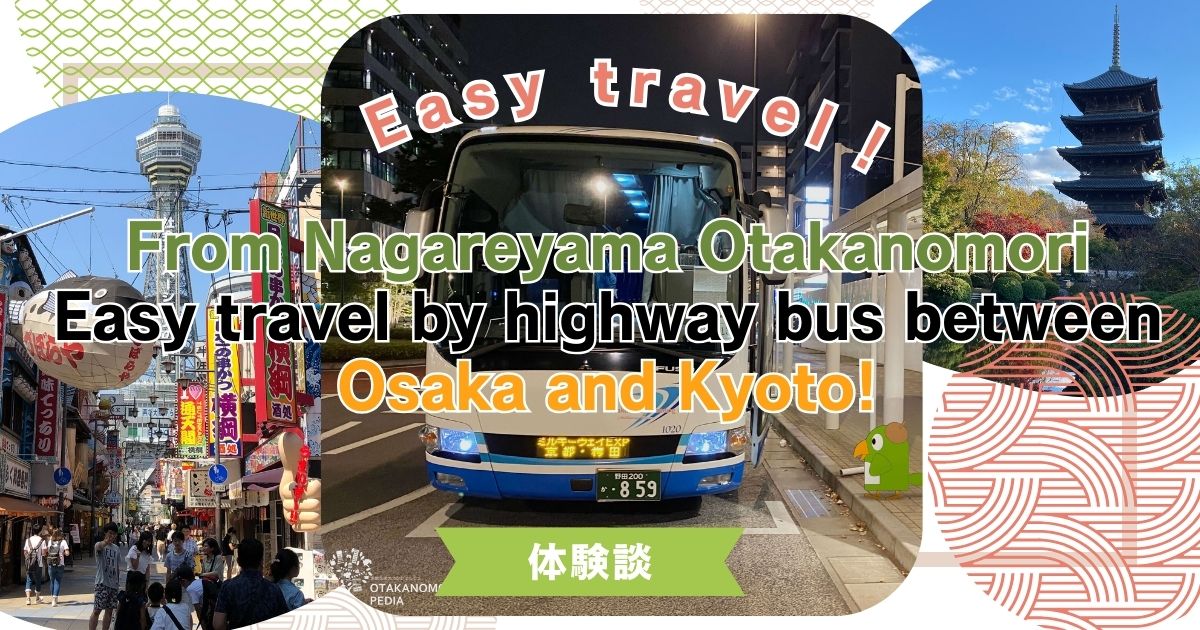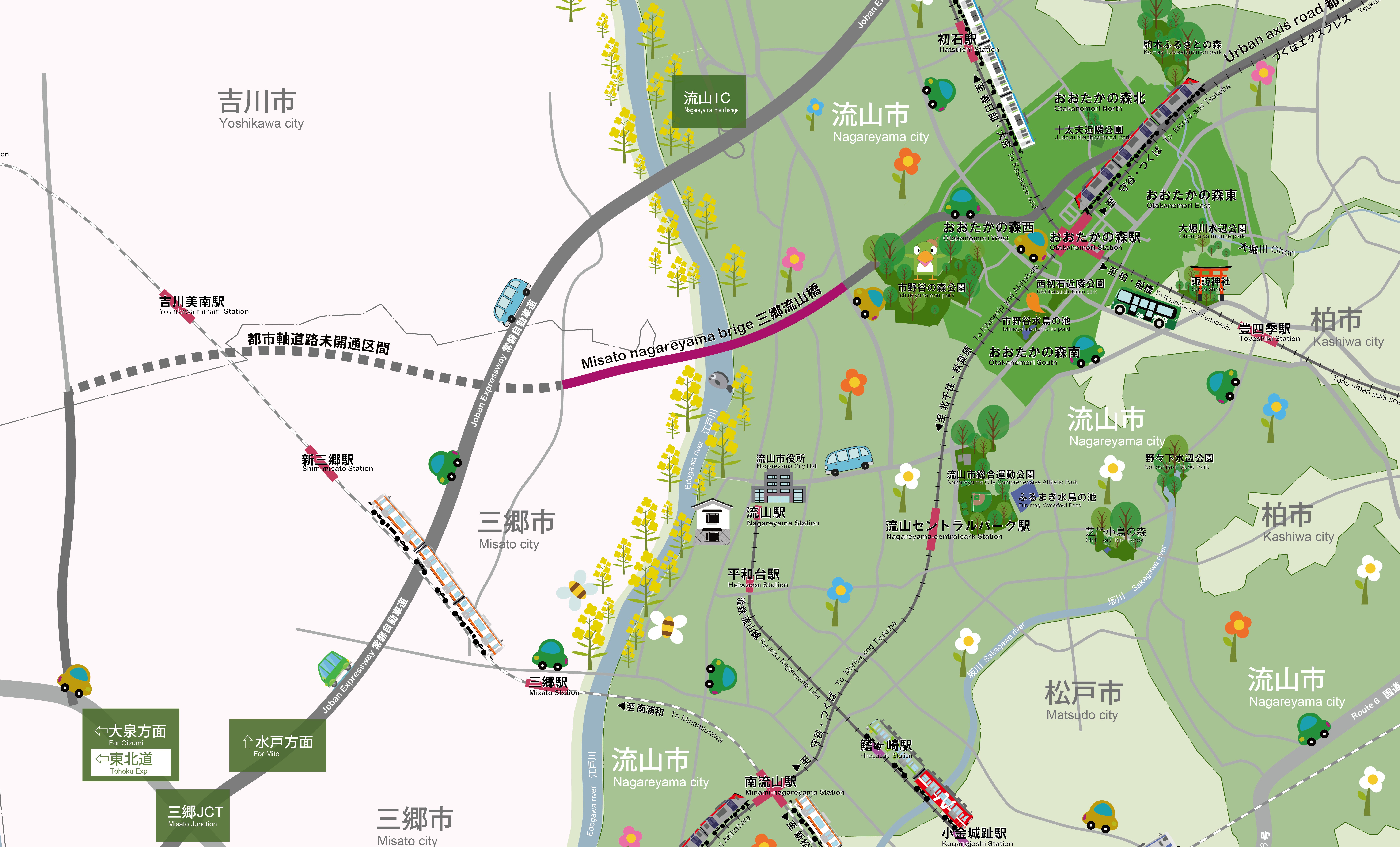Welcome to Otakanomori Pedia!
From “Nagareyama Otakanomori” to the world-class sightseeing spot “Asakusa” in 20 minutes! Recommended Route
 こたか
こたかHello, I am “Kotaka,” your concierge in Nagareyama Otakanomori. I am “Kotaka,” your concierge in Nagareyama Otakanomori. How are you doing? From Nagareyama Otakanomori Station, you can get to Asakusa, a world-famous sightseeing spot, in just 20 minutes by Tsukuba Express train! Today, I went on a little trip to Asakusa, which is full of charm, and I would like to share my experience with you!
① 8:30~ Nagareyama Otakanomori Station – Asakusa Station (minimum reference time: 20 minutes)
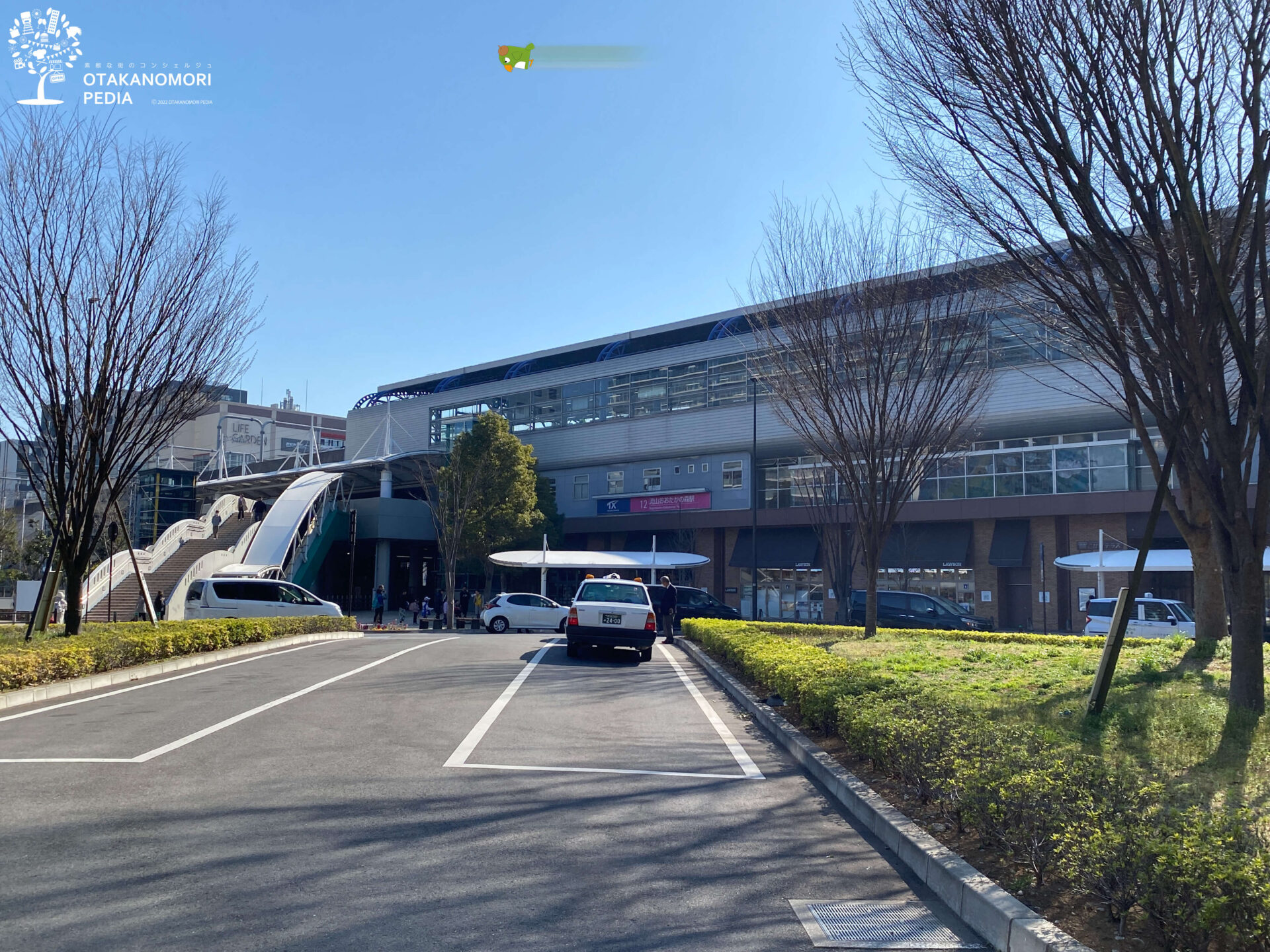

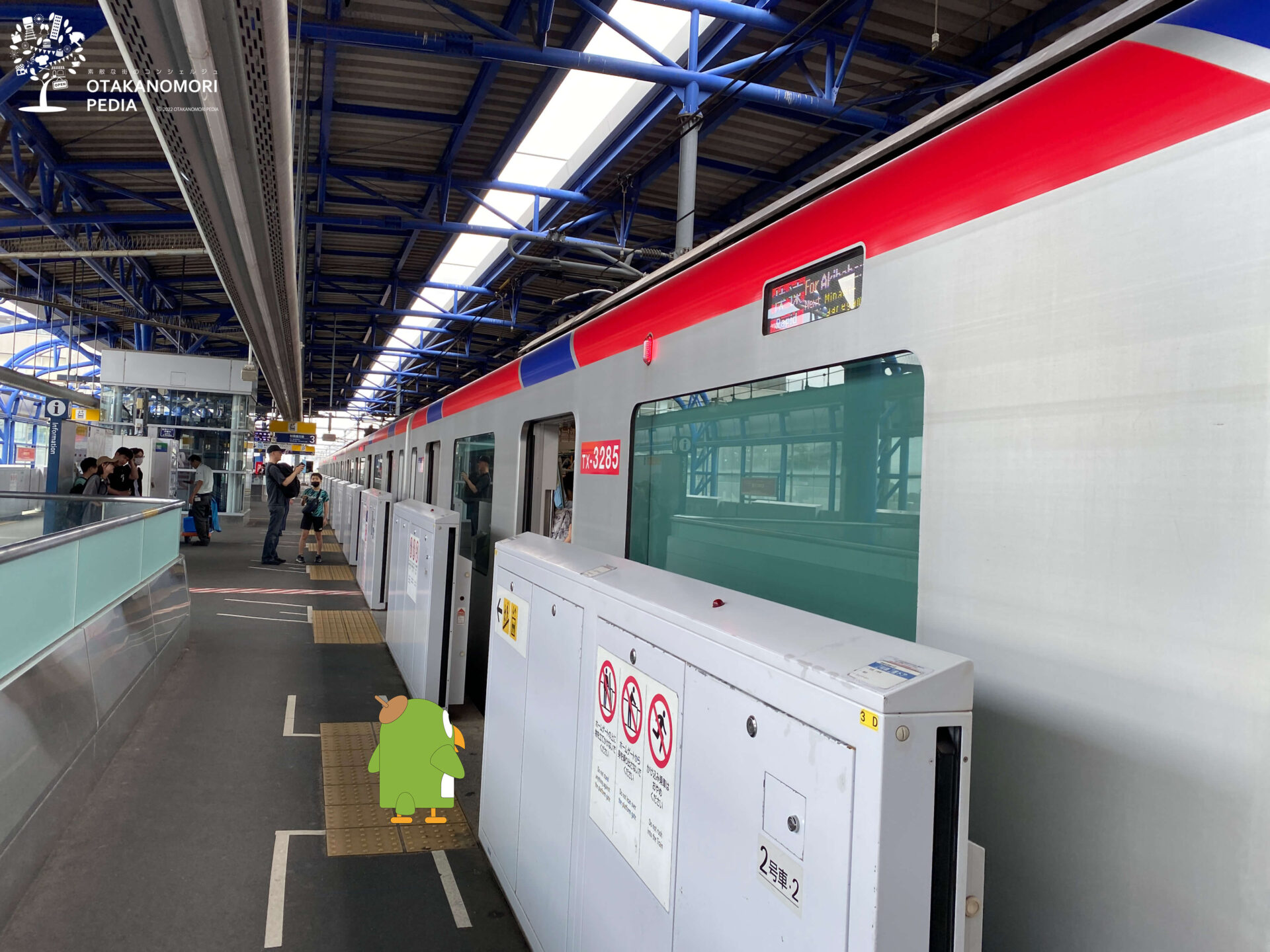

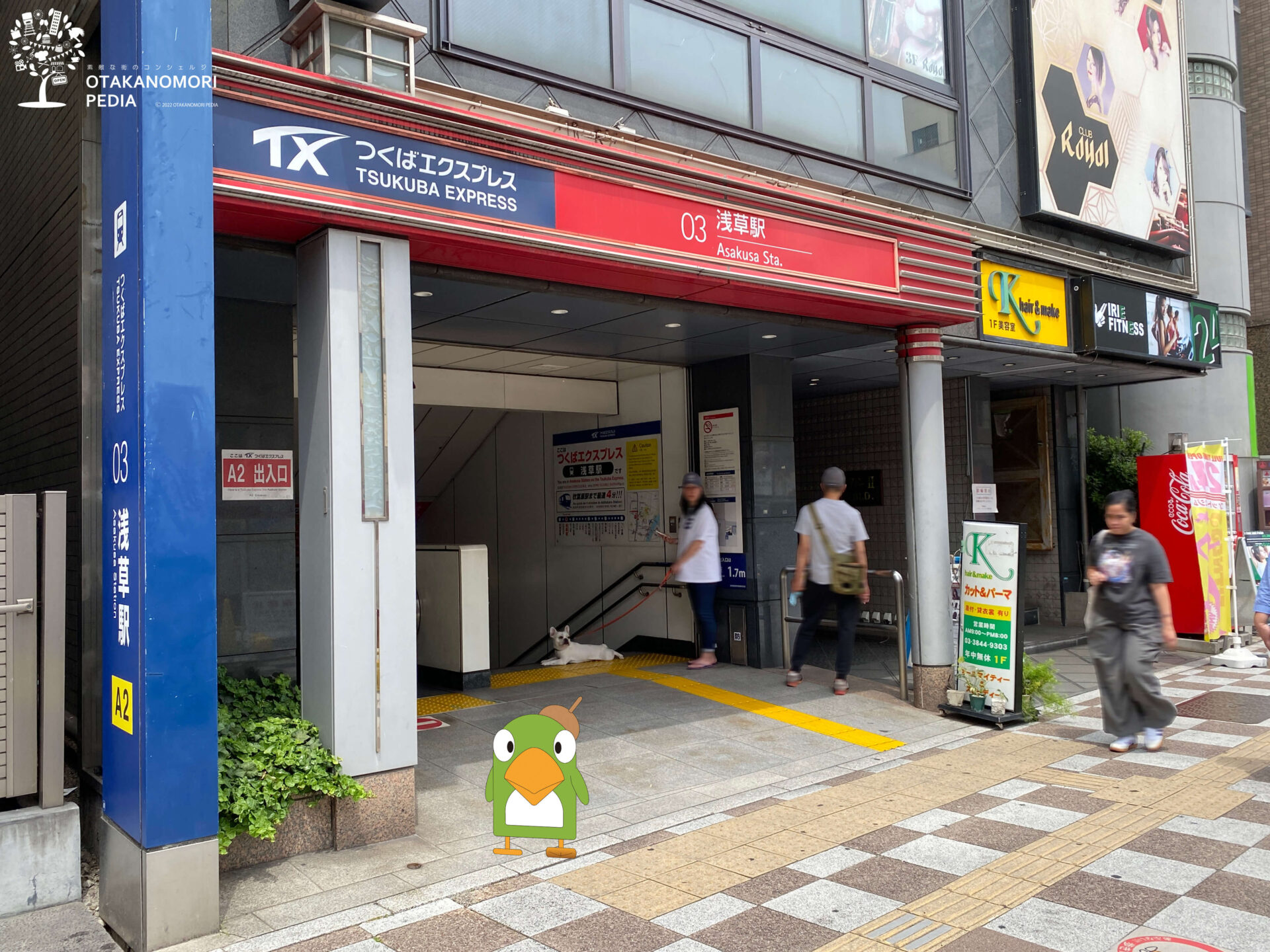

②09:00-10:00 Sensoji Temple, Nakamise Street, Kaminarimon (1 hour for reference)
kaminarimon
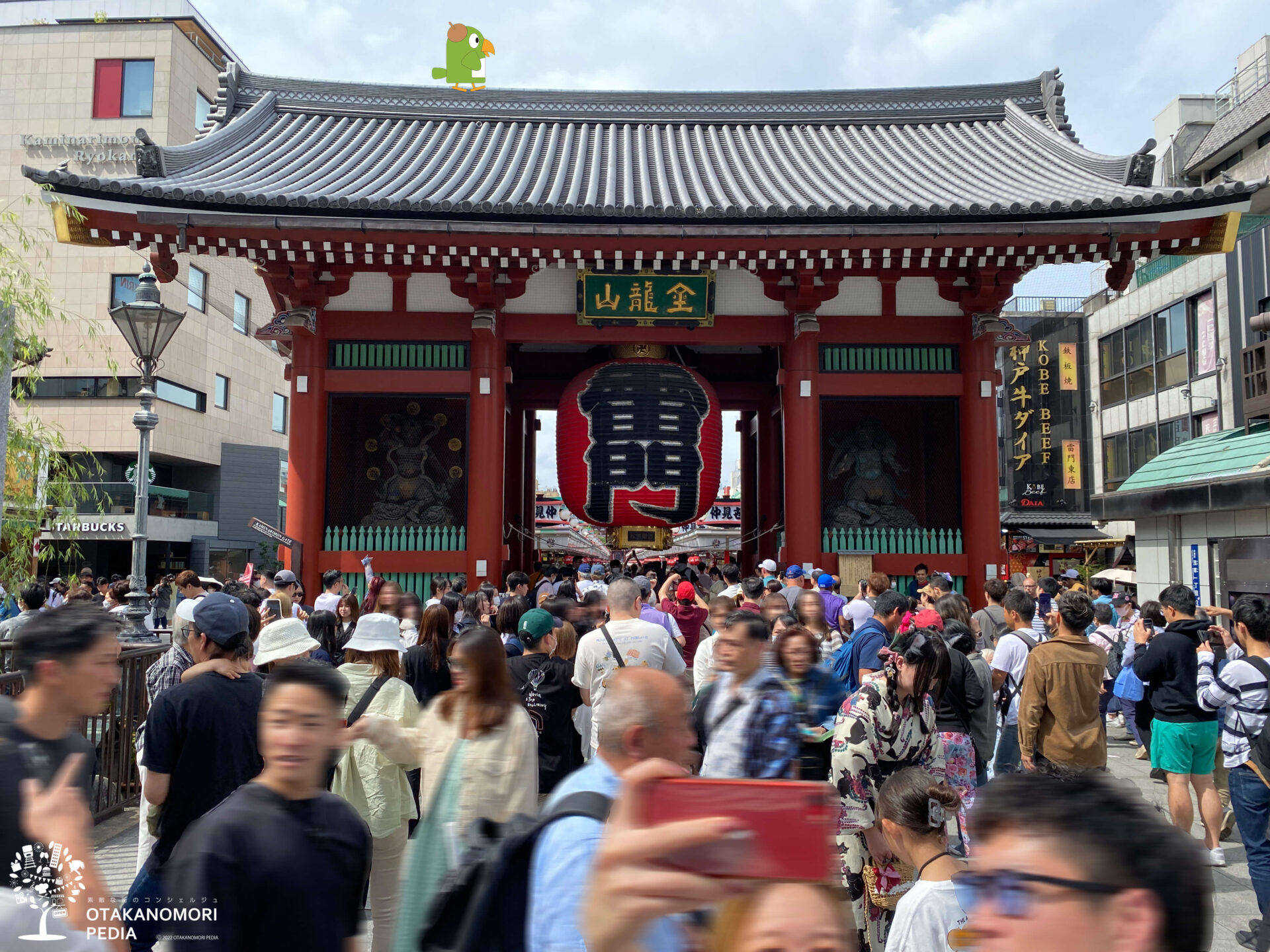

Kaminarimon is one of the most famous tourist spots in Japan, known as the main gate of Sensoji Temple in Tokyo. As expected of Asakusa, a world-class tourist spot! It is very crowded. The official name of the gate is “Kaminarimon,” and huge statues of the God of Wind and the God of Thunder sit on both sides of the gate, watching over visitors. A large red lantern with the word “Kaminarimon” written on it hangs in the center of the gate, and its powerful appearance has become a standard souvenir photo for tourists.
The Kaminarimon not only serves as a symbol of Sensoji Temple, but also has a historical background dating back to the Edo period. The current gate was rebuilt in 1960, and before that, it had been destroyed by fire and rebuilt many times. Passing through the gate, one is immediately greeted by the bustling Nakamise Street, which leads to the main hall of Sensoji Temple.
The temple is especially beautiful when illuminated at night, creating a fantastic atmosphere that differs from that of the daytime. Kaminarimon is also a popular starting point for sightseeing in Asakusa, with many restaurants and souvenir stores lined up in the area, which is always crowded with tourists. When you visit Asakusa, please feel the history and power of the Kaminarimon.
Nakamise street
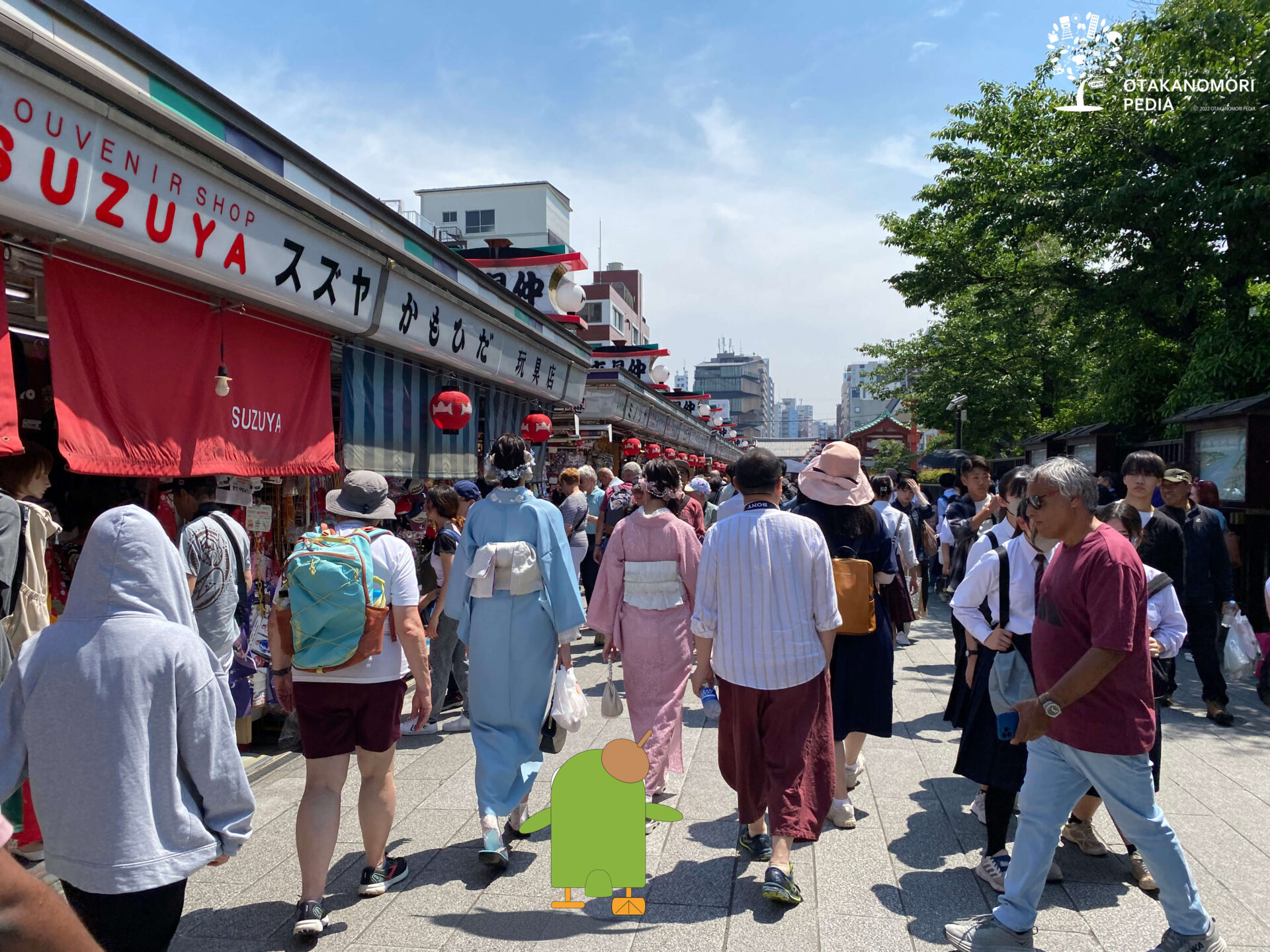

Nakamise street in Senso-ji Temple is a shopping street in Asakusa, Tokyo, filled with history and culture, and is loved by many tourists as the gateway to Senso-ji Temple. The street is lined with about 90 stores along the road that stretches for about 250 meters, with a mix of old stores and new stores that have been around since the Edo period.
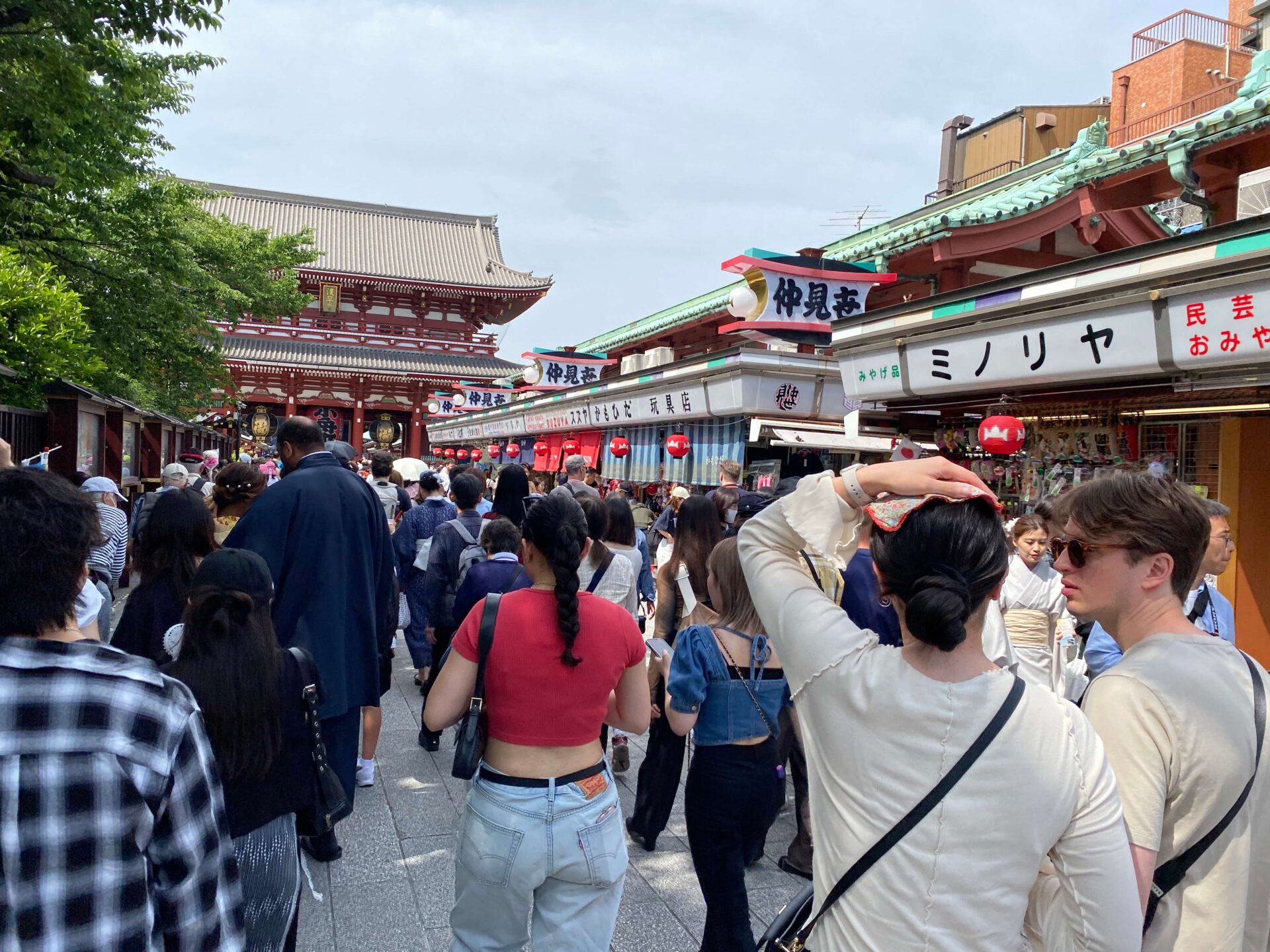

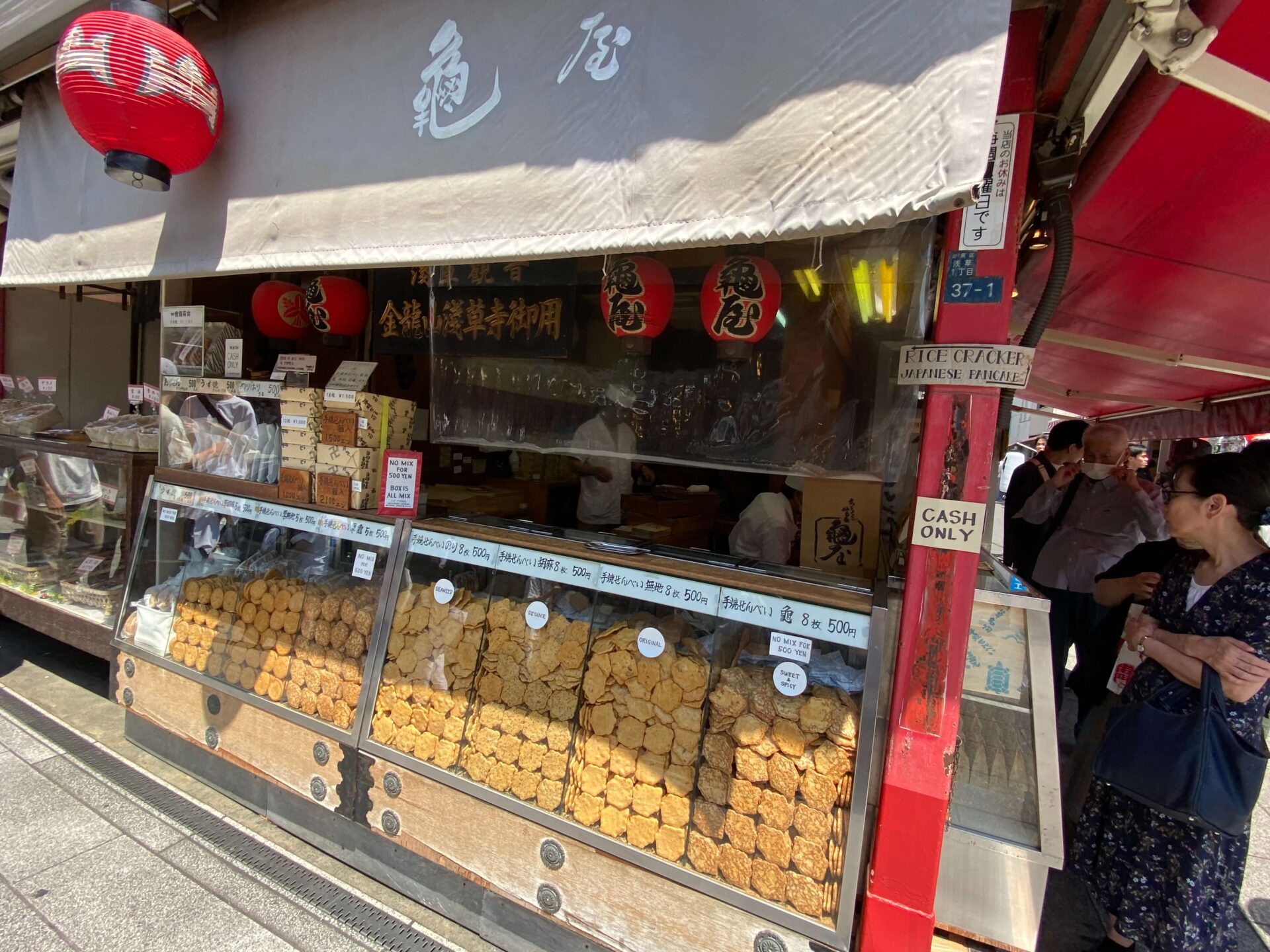

Visitors can enjoy traditional Japanese snacks such as wagashi, senbei (rice crackers), and ningyo-yaki (doll-shaped pancakes), and enjoy eating them while walking around.
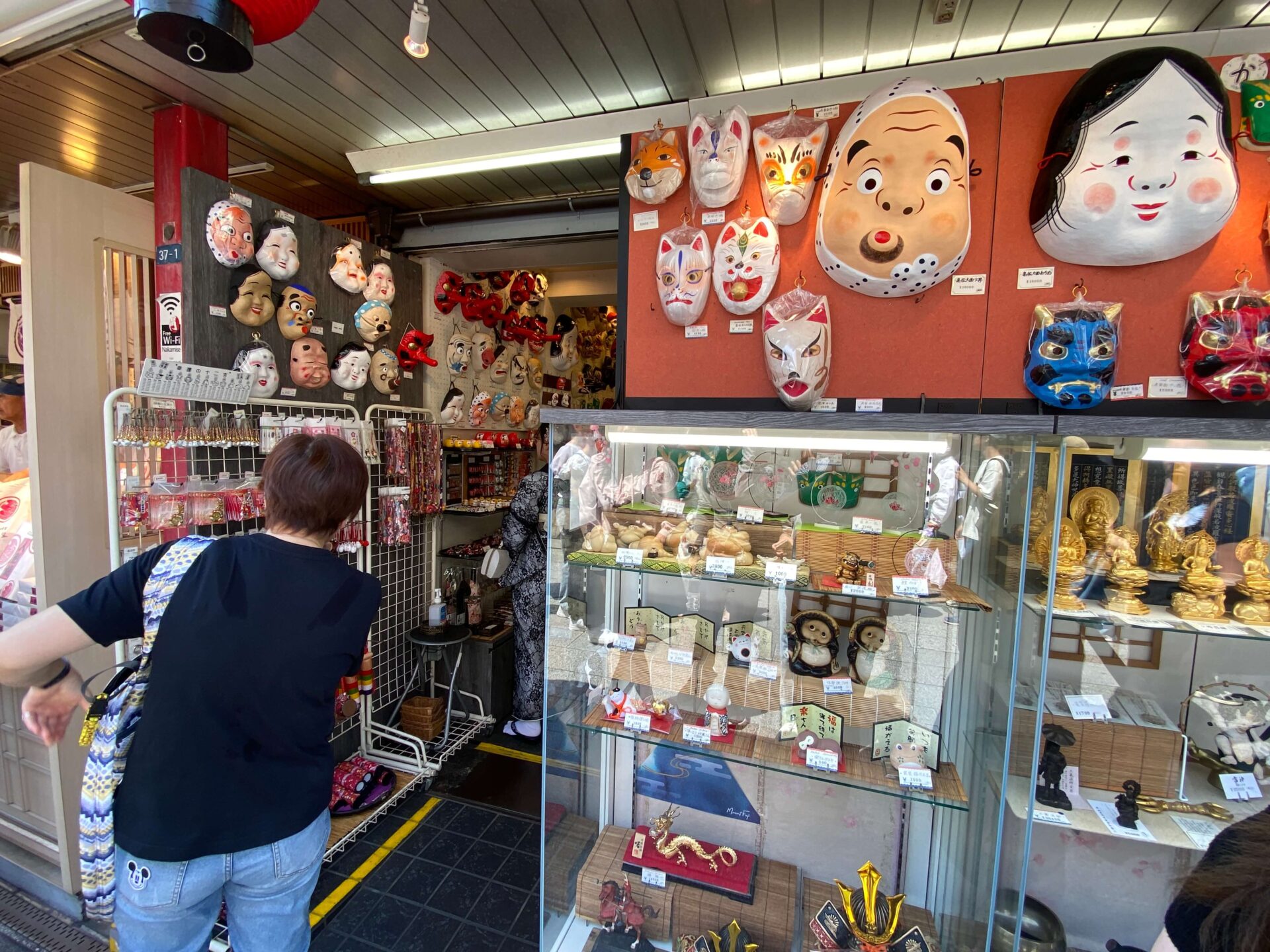

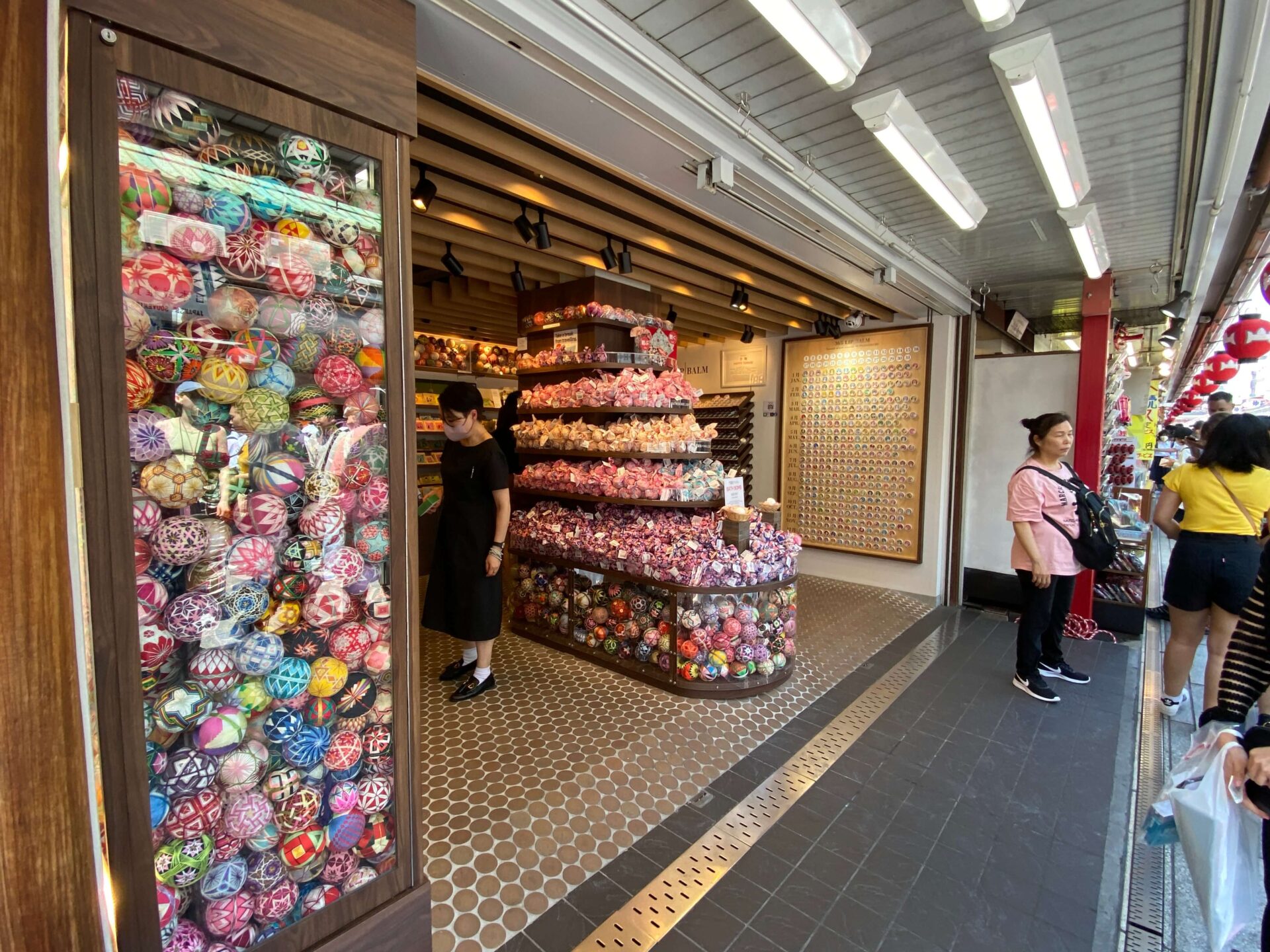

The area also offers a wide variety of handicrafts, souvenirs, kimonos, fans, and other traditional handicrafts, as well as many items that give visitors a sense of Japanese culture. Events and festivals are also held in each of the four seasons, creating a lively atmosphere at all times. Especially during New Year’s and the Asakusa Sanja Festival, the area overflows with visitors and worshippers.
Nakamise street is not only a great place to stop by before or after visiting Sensoji Temple, but also a valuable spot to experience Tokyo’s downtown culture. When sightseeing in Asakusa, be sure to visit and enjoy its history and charm.
浅草寺と五重塔
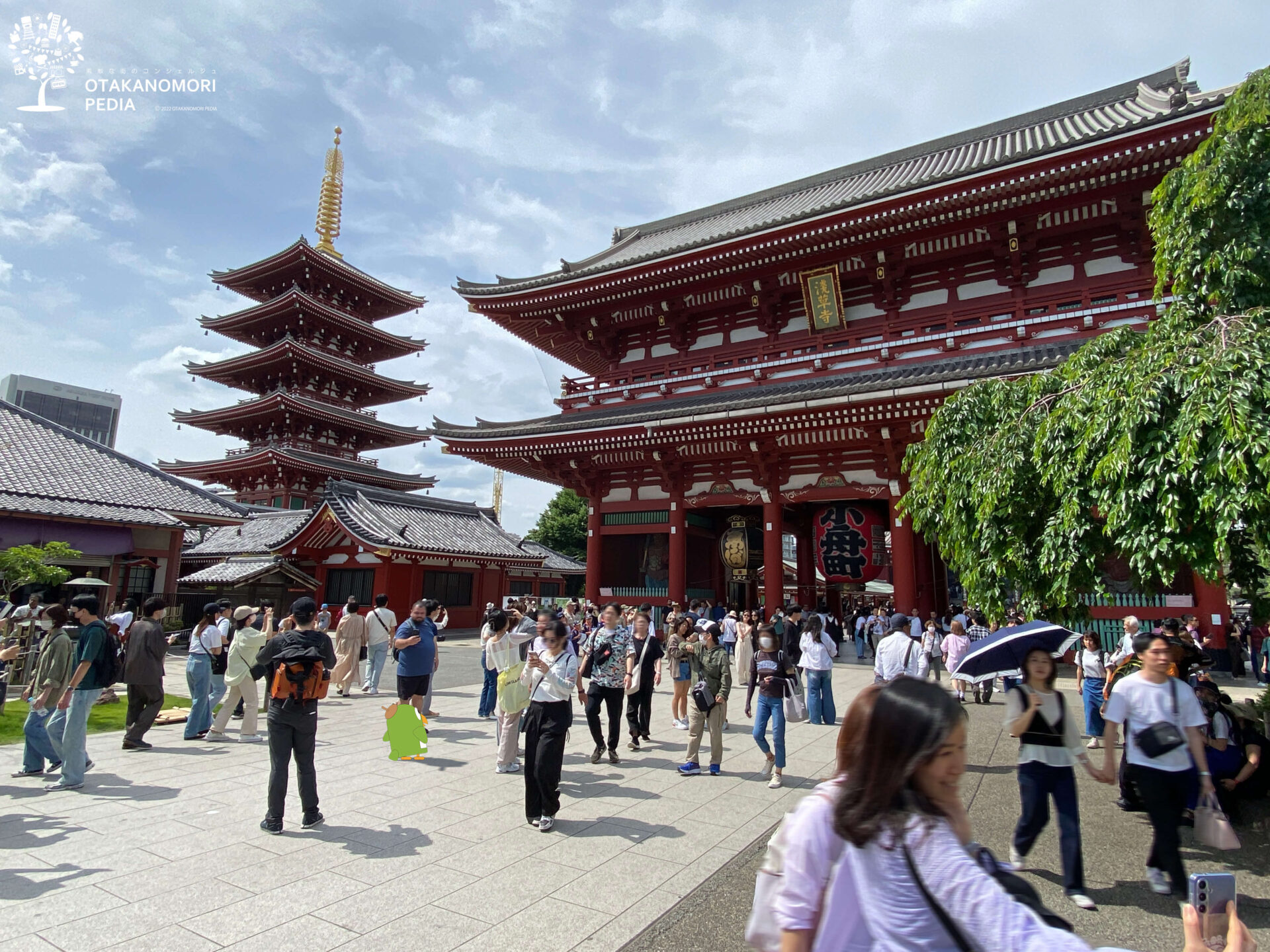

Sensoji Temple, located in Asakusa, Taito-ku, Tokyo, is known as the oldest temple in Tokyo, and was founded in 628, with Kannon Bosatsu as its principal deity, attracting many devotees. The approach to Senso-ji Temple from Kaminarimon, through Nakamise-dori to the main hall is crowded with tourists, and many people visit the temple throughout the year.
The five-story pagoda, one of the symbols of Sensoji Temple, is located to the left of the main hall, and its graceful appearance is mesmerizing to behold. The pagoda, which stands approximately 53 meters high, dates back to the Heian period (794-1192), although the present structure was rebuilt in 1973. The five-story pagoda represents the five elements of Buddhism (earth, water, fire, wind, and sky), and its architectural beauty is a masterpiece of traditional Japanese building techniques.
Sensoji Temple and the five-story pagoda are important landmarks that symbolize the history and culture of Tokyo, and many people visit them to find peace of mind. Visitors can enjoy the majestic atmosphere of Sensoji Temple and the beauty of the five-story pagoda along with the scenery of each of the four seasons. When you visit Asakusa, please take a tour of this historic temple and its five-story pagoda and feel its charm.
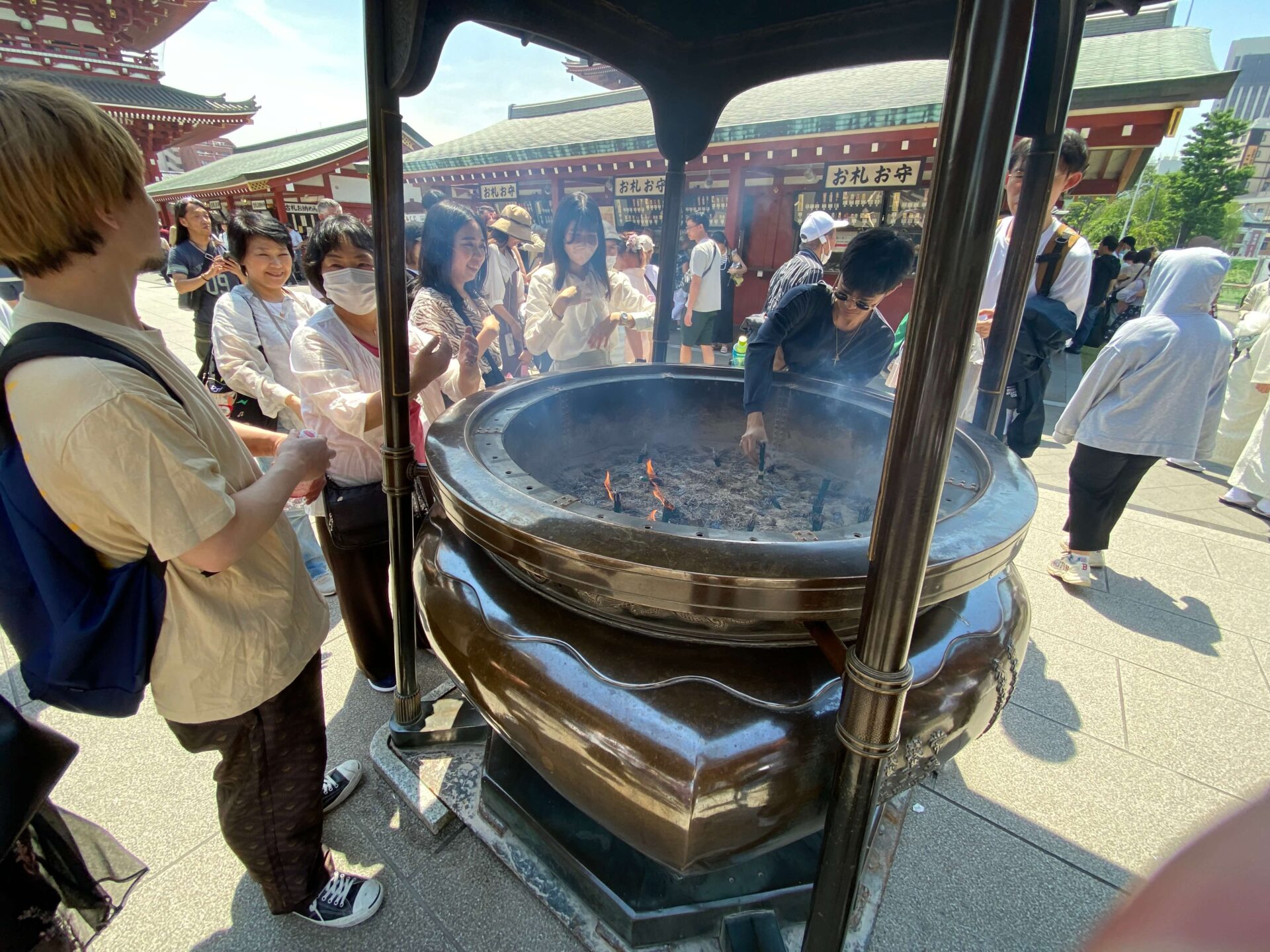

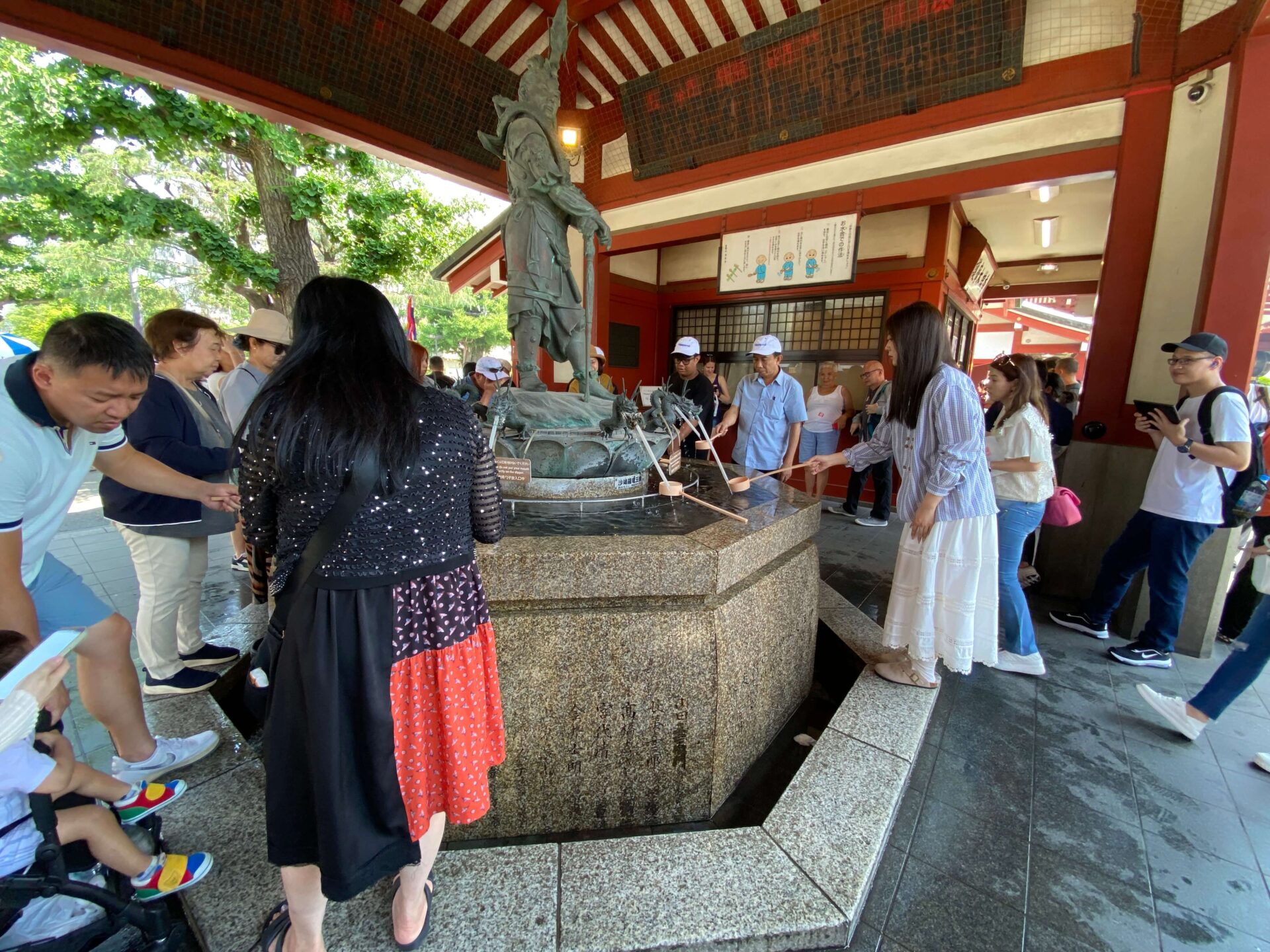

Special Offer! Take a highway bus from Osaka/Kyoto to Tokyo/Nagareyama Otakanomori! Take the Milky Way Express from Nagareyama Otakanomori to Osaka Expo from April 13, 2025 to October 13, 2025!



For August Obon vacation trips to Kansai and Nagoya, we recommend the Milky Way Express highway bus departing from Nagareyama Otakanomori! Don’t forget to make your reservation early! Click the banner photo to see the actual experience of “Kotaka”!
If you live in Osaka or Kyoto, come visit Otakanomori by this bus!
③ 10:00 – 11:30 “Hanayashiki”, the oldest amusement park in Japan (estimated time required: 1 hour and 30 minutes)
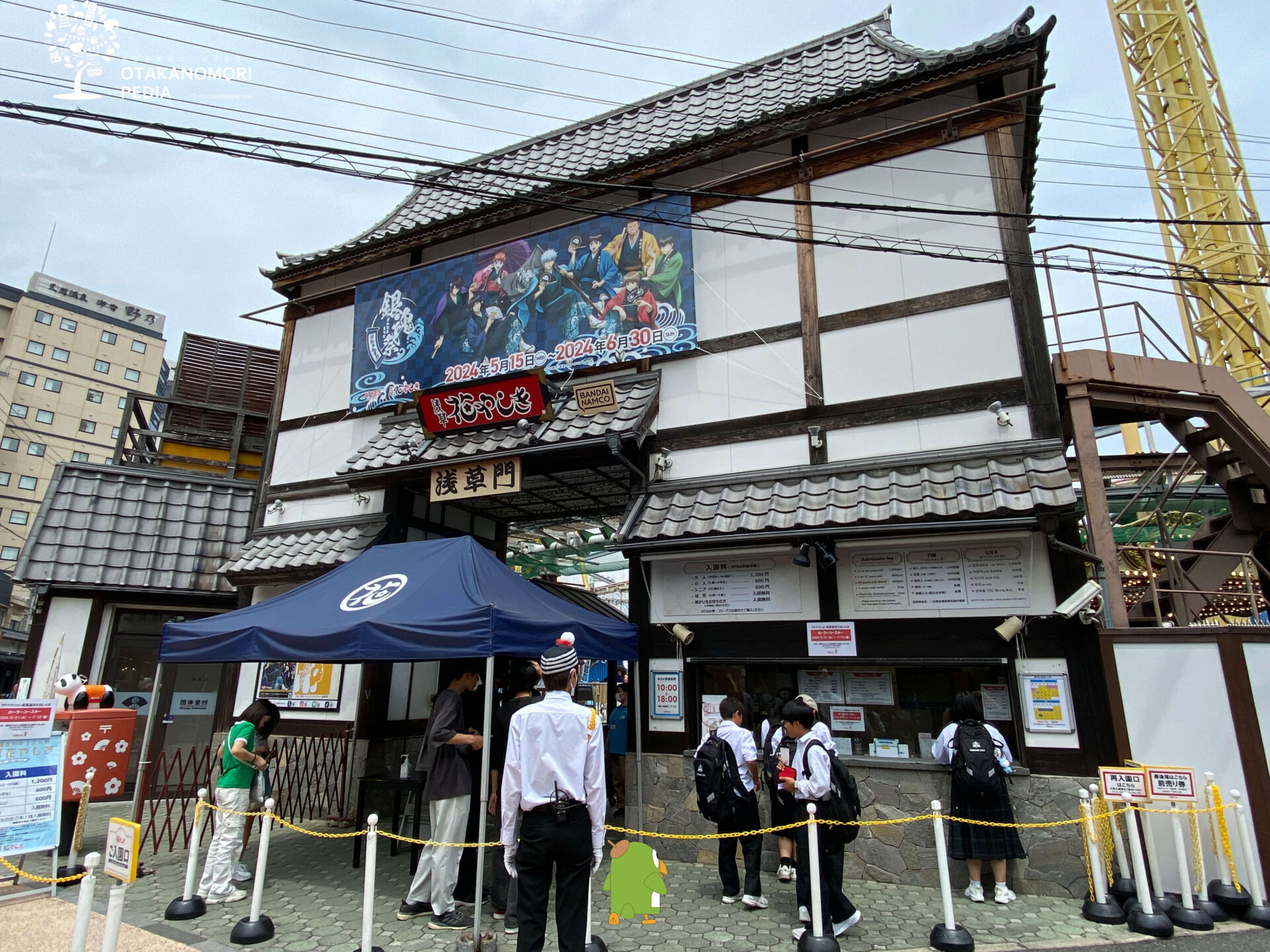

Located in Asakusa, Hanayashiki is the oldest amusement park in Japan and has been loved by many people since its establishment in 1853. This amusement park with a sense of history and tradition has a nostalgic atmosphere and a variety of attractions that can be enjoyed by both adults and children. In particular, the “Bikkuri House” and “Roller Coaster,” which retain a retro Showa-era atmosphere, are very popular and attract visitors. The seasonal events and shows are also not to be missed. Located within walking distance of Sensoji Temple and Kaminarimon, Hanayashiki is a great place to stop by while sightseeing in Asakusa. Spending time at Hanayashiki will be a special memory for you and your family or friends.
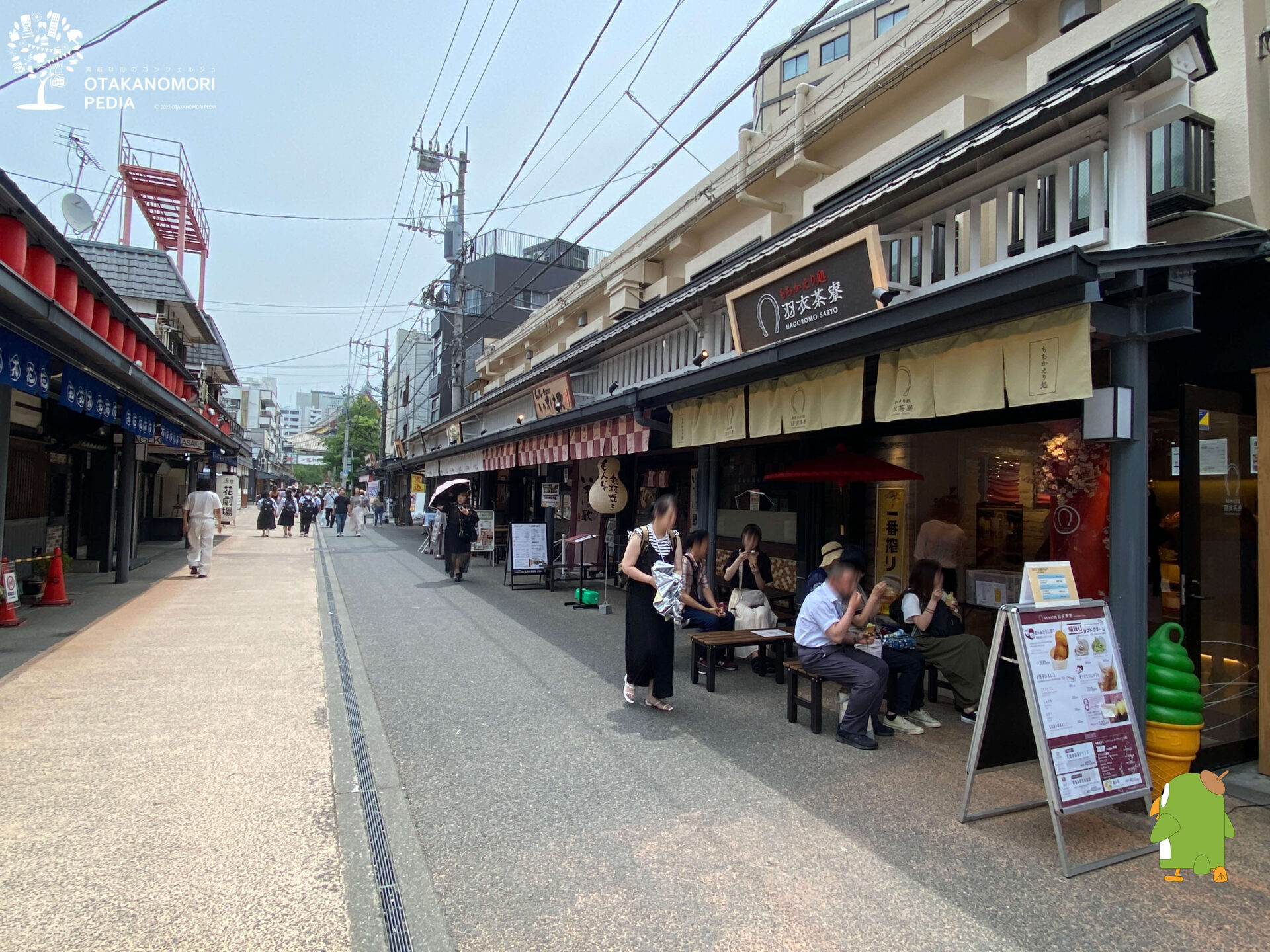



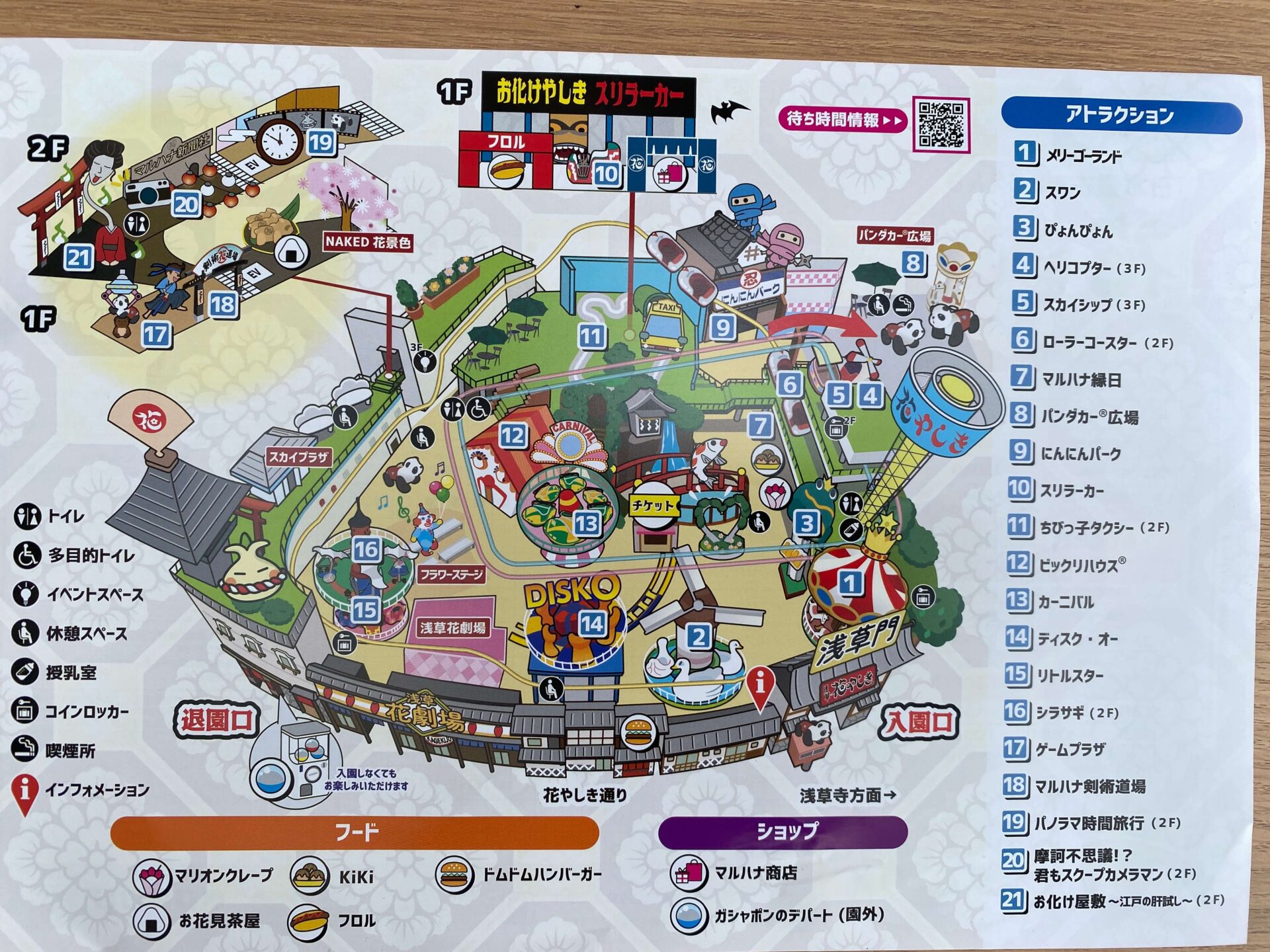

merry-go-round
Another iconic attraction at Hanayashiki is the beautifully decorated traditional carousel. It is popular with families and couples.
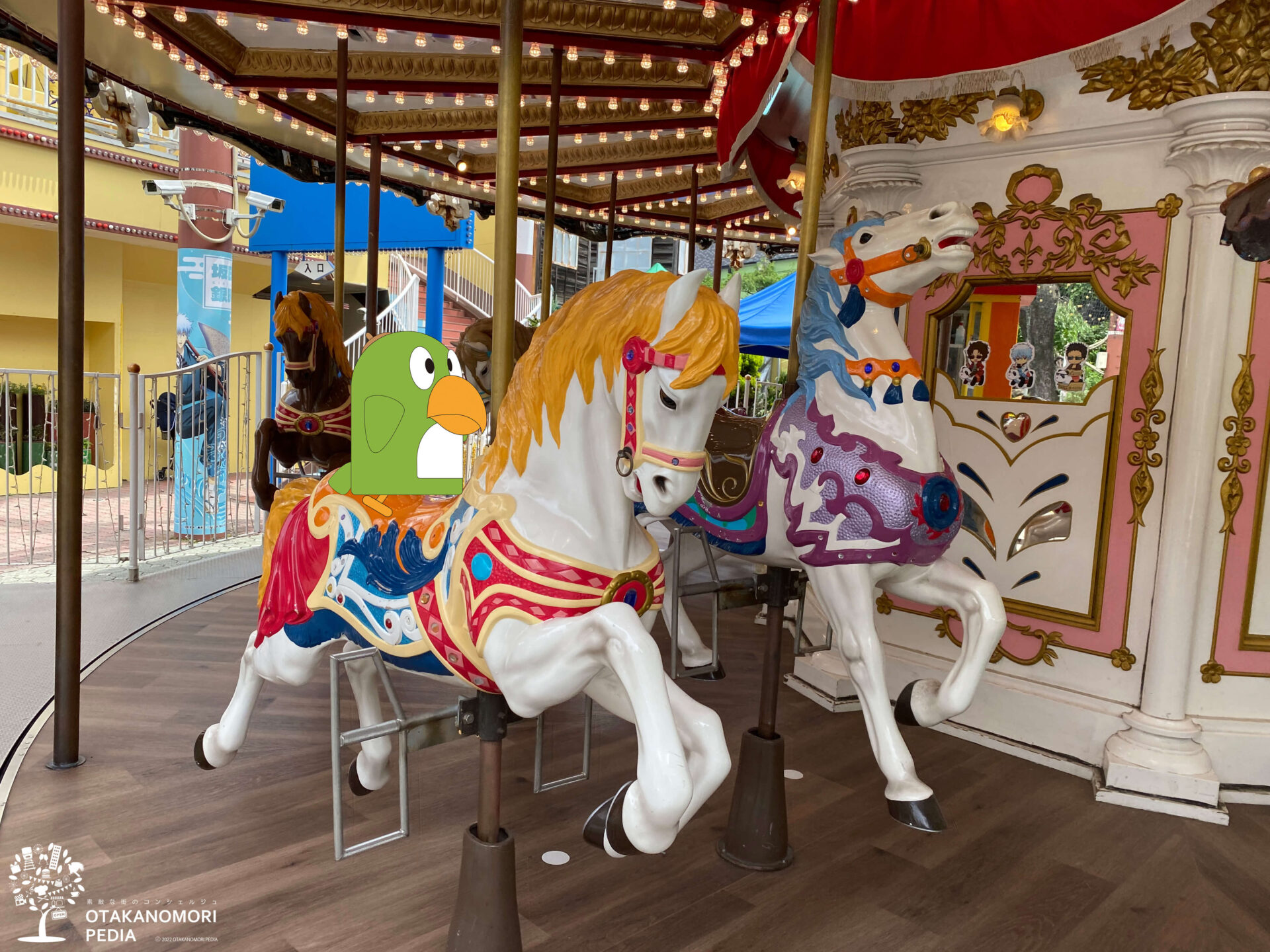

Panda Car / Big Surprise House
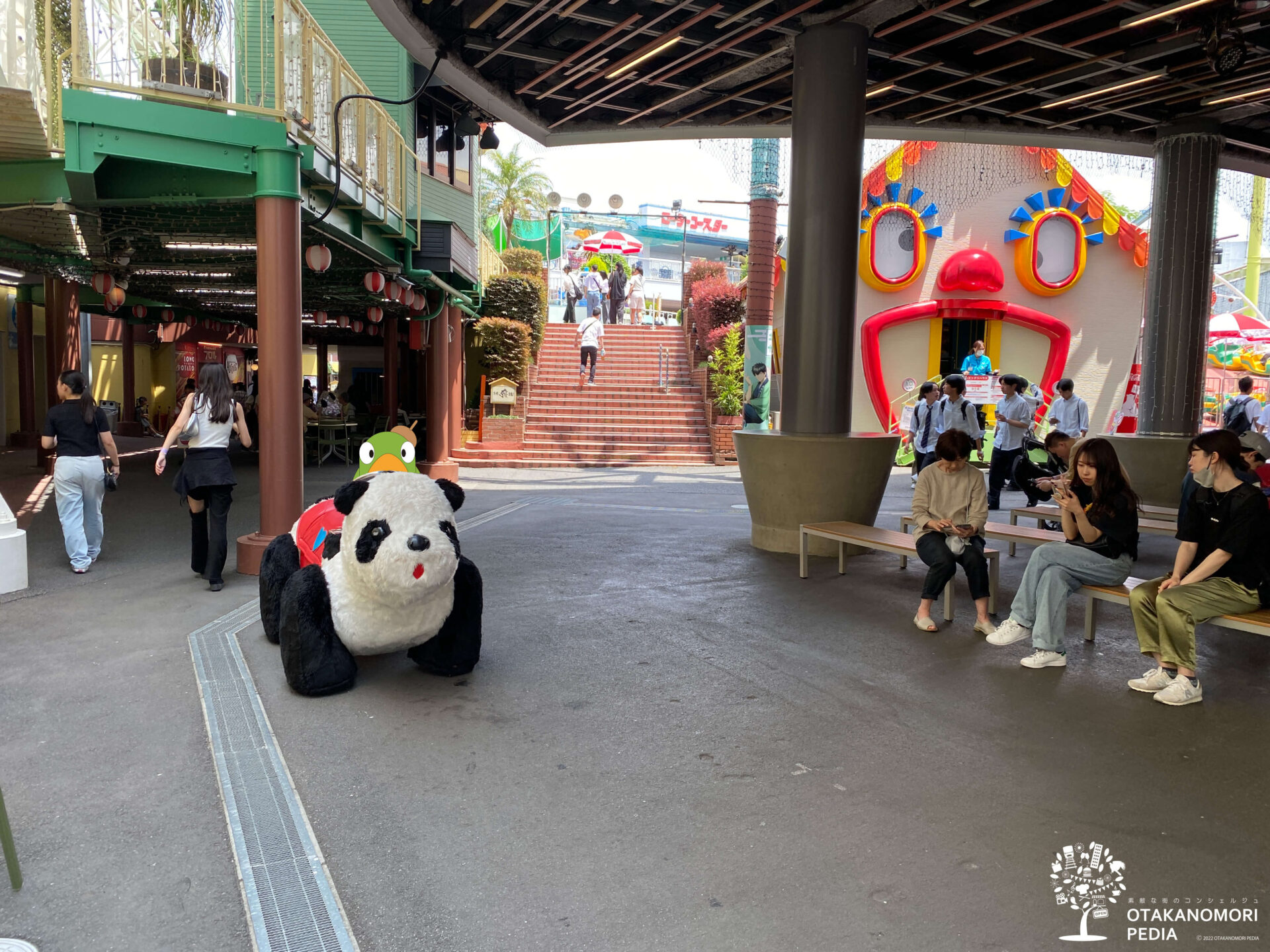



disk O


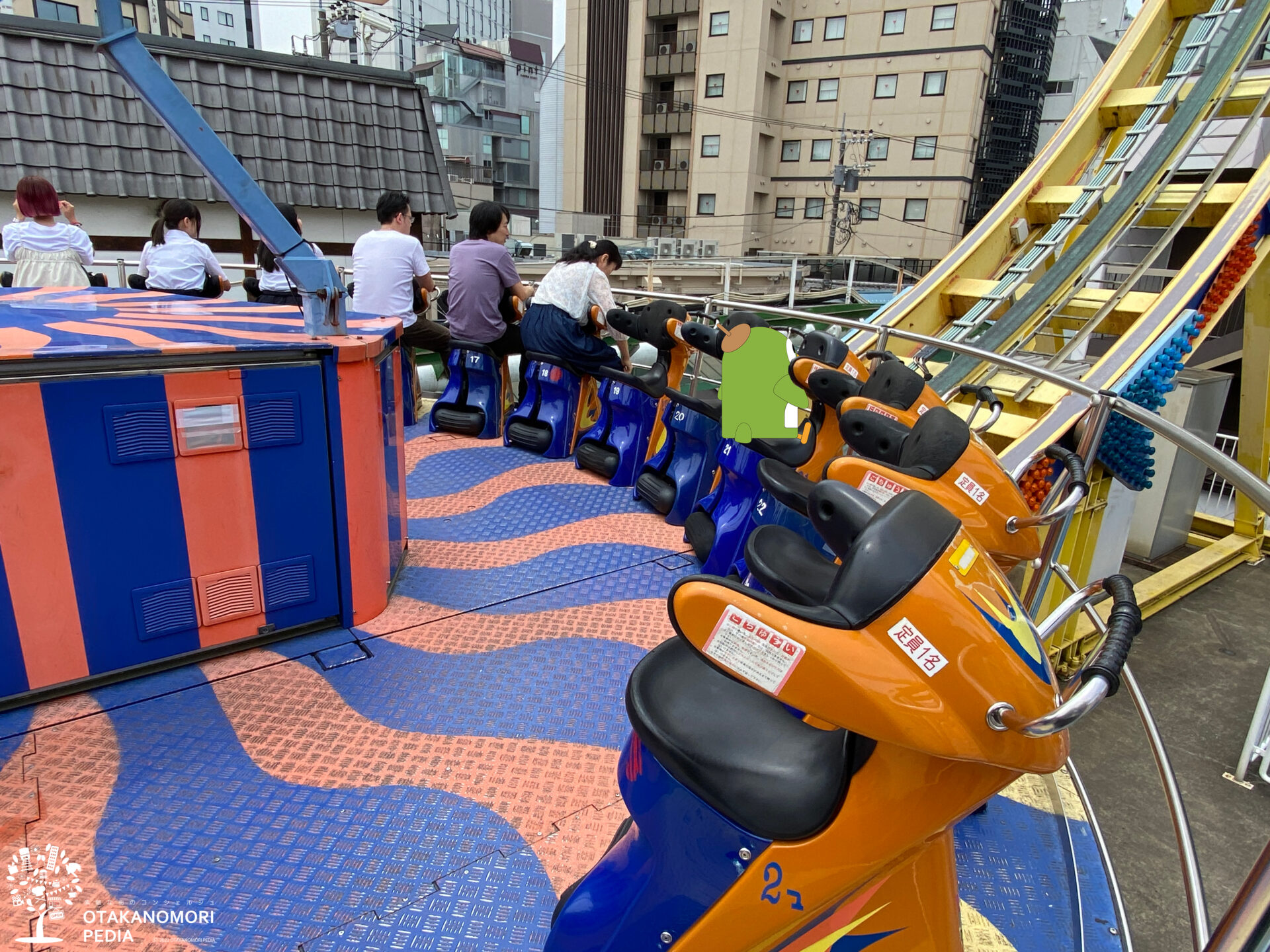

Little Star / Haunted House




flor
If you get hungry, you can fill up on “long fries” or “hot dogs”.


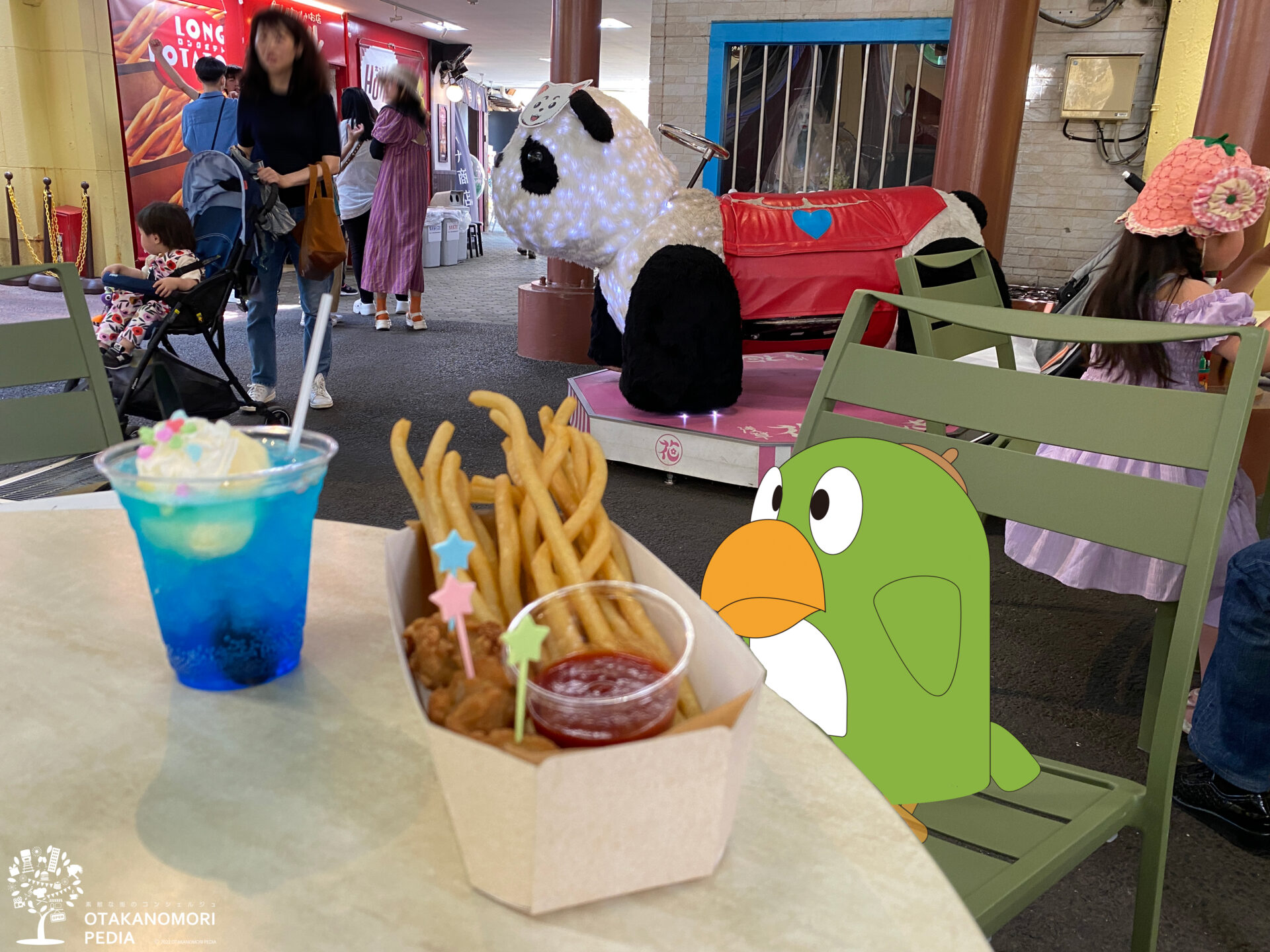

④ 11:45~15:15 Asakusa Imahan (2:30 for reference)
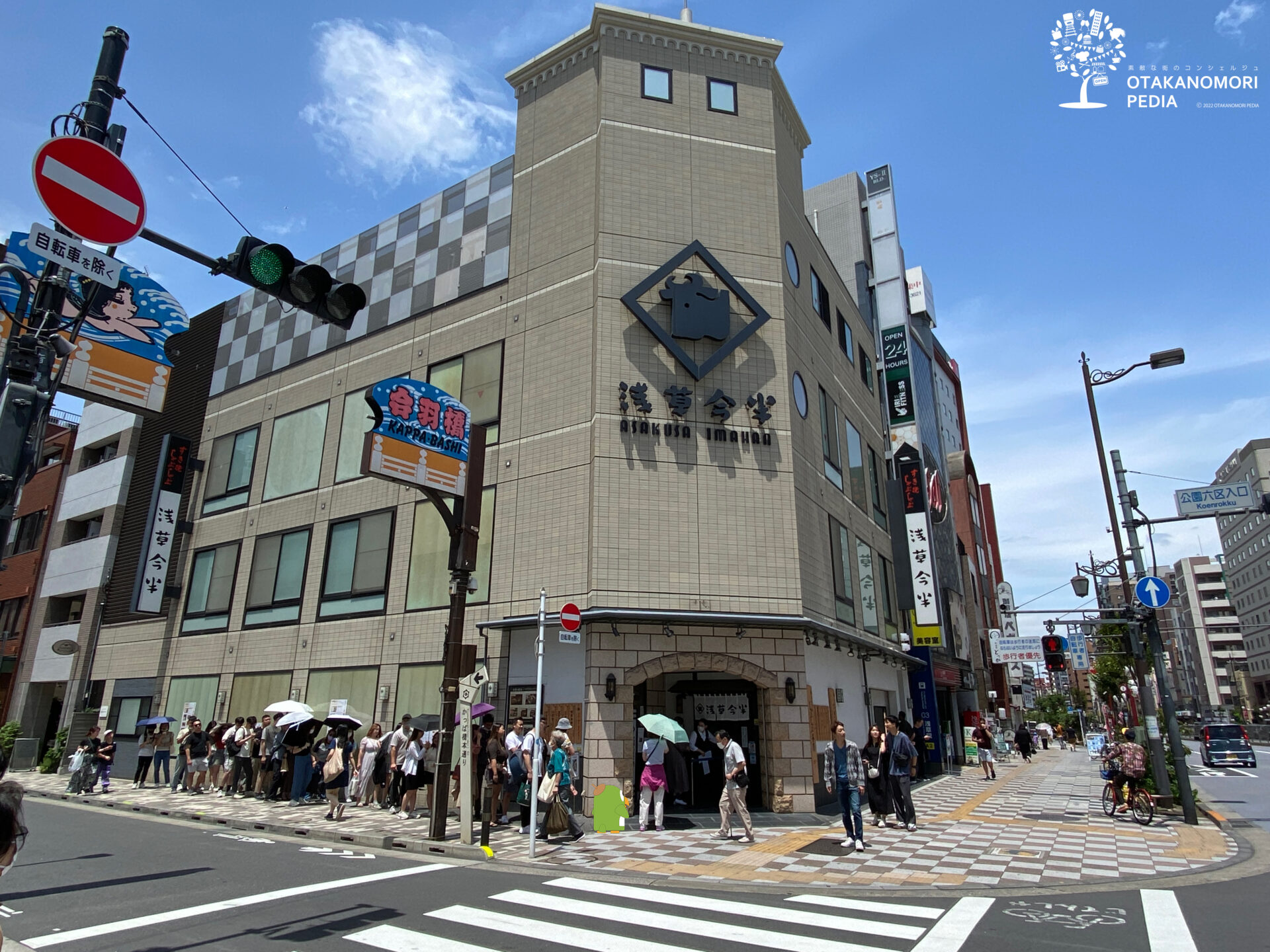

Asakusa Imahan is a long-established restaurant specializing in sukiyaki established in 1895, and is a representative of Asakusa’s food culture. Asakusa Imahan’s sukiyaki is made from carefully selected top-quality wagyu beef, which is carefully stewed in a secret sauce. This gives the dish a deep, rich flavor along with the taste of tender, juicy meat. Ninety percent of the people in line were inbound visitors. Be prepared to wait in line for at least an hour, as this is a popular restaurant with a history known by all.
The restaurant has a relaxed atmosphere with a Japanese flavor, and private rooms are available, making it ideal for families, business entertainment, and special occasions. In addition to sukiyaki, the restaurant also offers shabu-shabu and seasonal kaiseki cuisine, allowing diners to enjoy the flavors of the four seasons.
Asakusa Imahan is a special place where you can not only taste traditional Japanese cuisine, but also experience the history and culture of Asakusa. When you visit Asakusa, be sure to enjoy a delicious meal at Asakusa Imahan.






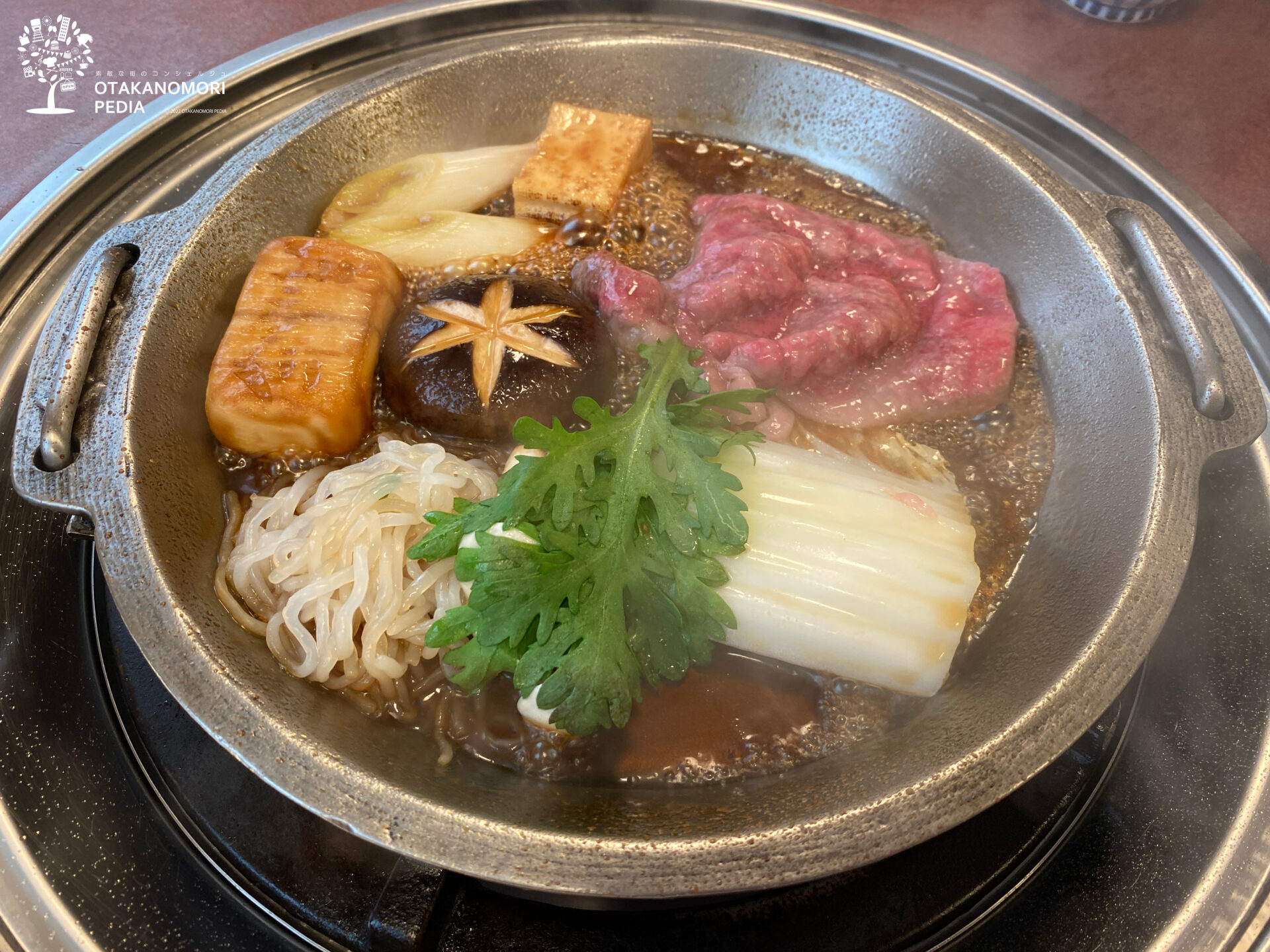

⑤ 15:30~17:00 Kawatobashi Props Street (1 hour and 30 minutes for reference)
Kappabashi Togutogai is a specialty cooking utensil district located in Asakusa, Tokyo, and is a veritable paradise for food lovers and professional chefs. The 800-meter-long street is lined with some 170 specialty stores, offering everything from kitchen knives, pots and pans, and cooking utensils to tableware and store decorations. High-quality kitchen knives made in Japan are especially popular, attracting many fans from home and abroad.
Kappabashi Tool Street is also known for its unique name. It is said that it was named after the legendary kappa (water imps) that lived here, and a statue of a kappa stands as the symbol of the tool street. Tourists also have the pleasure of finding special items and souvenirs available only here. If you are interested in cooking, of course, please visit this place when you are sightseeing in Asakusa. Please note that many stores are closed on Saturdays.
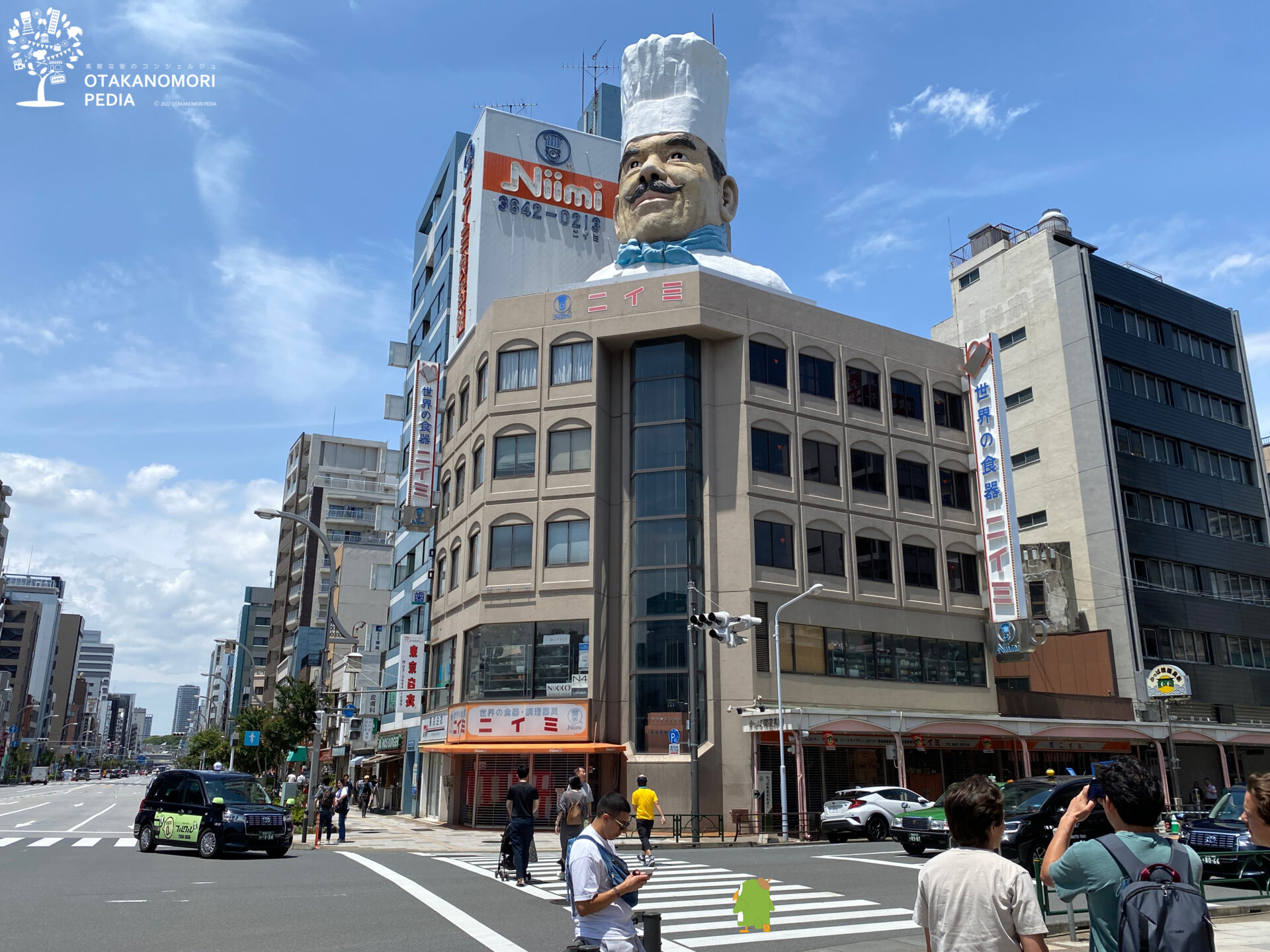

Located in the Kappabashi Tool Street, Niimi is famous for its cookware and tableware, and is a must-see for professional cooks and food lovers in particular. The giant three-dimensional signboard of a cook standing in front of the store is a well-known symbol of the Dogukagai and a landmark for visitors.
The original food sample shop
Located in Kappabashi Tool Street, Ganso Food Sample Shop specializes in realistic food samples. The store not only offers food samples for purchase, but also offers hands-on sample-making classes using traditional wax techniques. A particularly popular hands-on activity is making tempura and lettuce samples, which is open to elementary school students and older. The store also has realistic food samples that can be made into magnets and straps, which are popular among tourists. The store is also located a 5-minute walk from Asakusa Station.


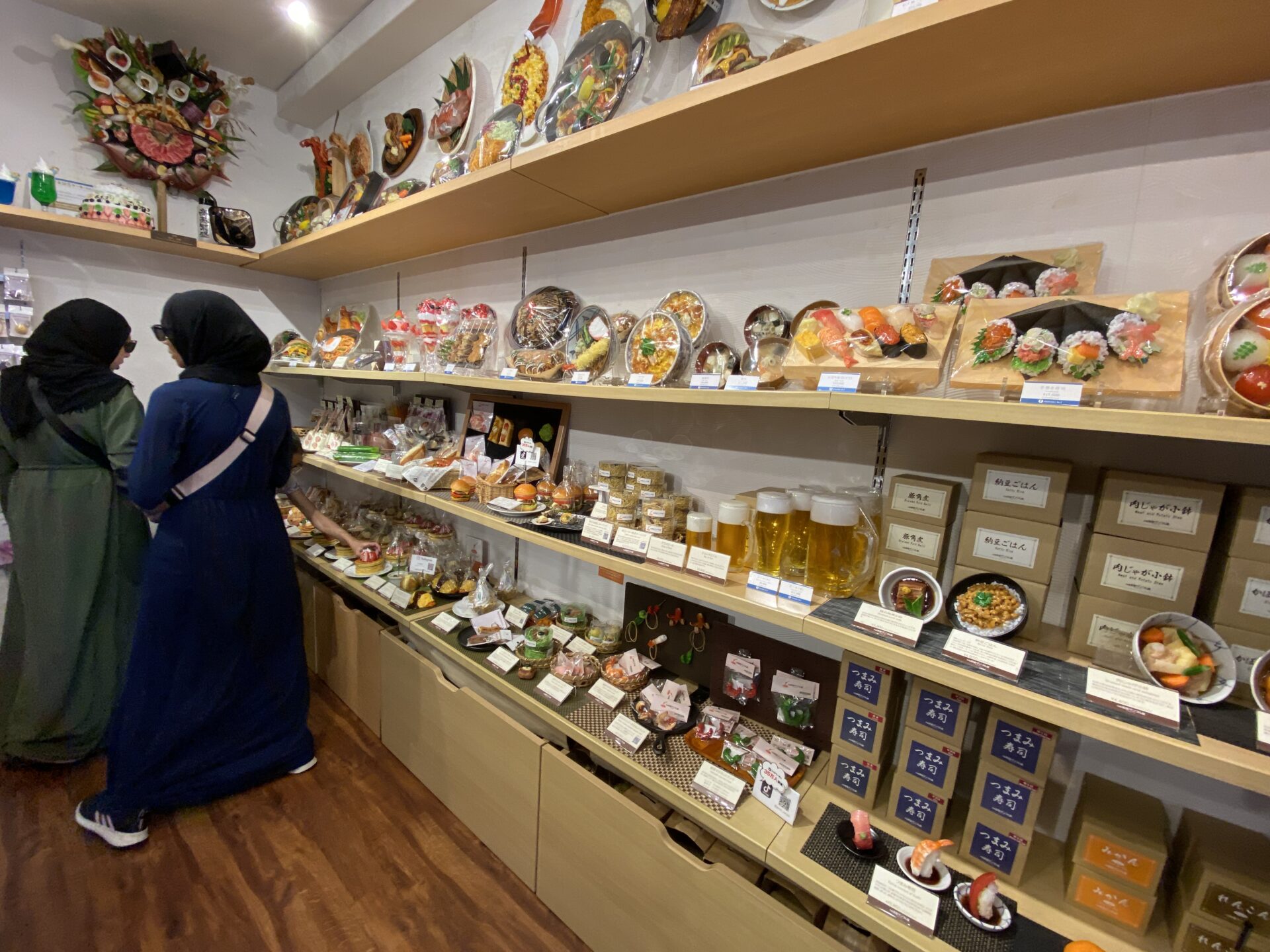





MUSASHI
MUSASHI is a store specializing in high-quality kitchen knives located in the Kappabashi Tool Street. The knives made by Japanese craftsmen are a fusion of tradition and innovation, catering to a wide range of needs from professional chefs to home cooking enthusiasts. The shop offers a wide range of traditional Japanese knives and special knives, such as Santoku and Gyuutou, which you can try on for yourself. In addition, knives made of carbon steel are characterized by their long-lasting sharpness.
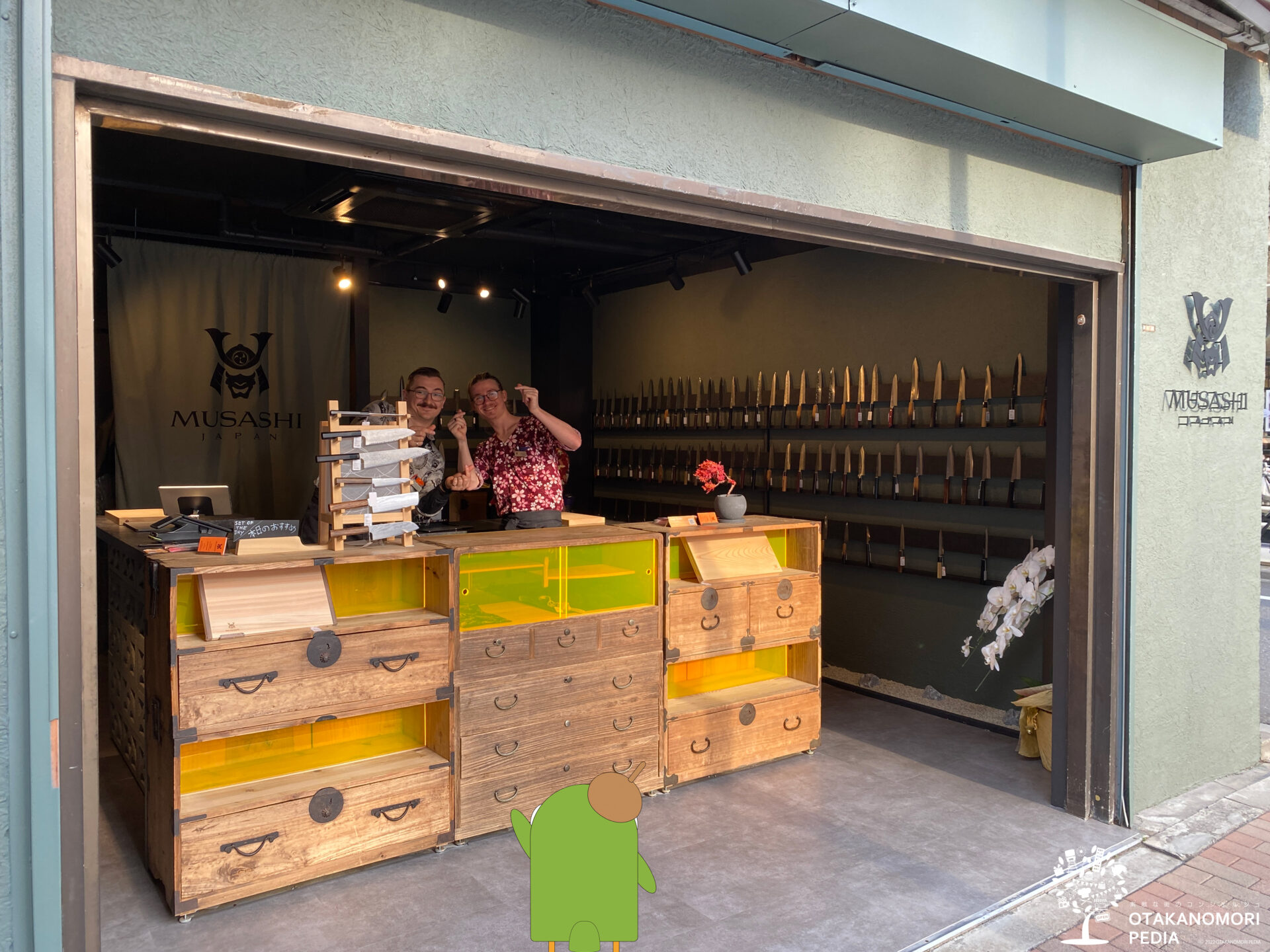

MUSASHI, where foreign shopkeepers sell Japanese knives. She posed with a wonderful smile when I photographed the storefront!
union
Union” in Kappabashi Tool Street specializes in coffee and barware for cafes and restaurants. established in 1962, it offers a wide variety of coffee, tea, pasta utensils, and barware for professional and home use. The company’s own brand coffee mills and roasters, Italian-made pasta machines, and cocktail shakers are especially popular. Products not available in the store can also be ordered through the catalog.




NAKAO
NAKAO, located in the Kappa-bashi Tool Street, specializes in high-quality aluminum cookware. The diverse product lineup is geared toward professional cooks and home use, and is highly regarded for its durability and performance.
Aluminum pots and pans are particularly popular, and are used by many cooks because of their light weight and good heat conduction. NAKAO is also committed to creating environmentally friendly products and uses sustainable materials.


iida


iida (IIDA-YA) is a store offering a wide variety of cooking utensils in the Kappabashi Tool Street. Particularly noteworthy are unique corners such as the “Egg Corner” and “Garlic Corner,” which are dedicated to specific cooking tasks.
On the second floor, there is also a corner dedicated to left-handed products, which attracts many inquiries. Iidaya offers a wide variety of cooking tools, including egg cutters, ahi pots, and goods for rice balls and sushi. The store is open year-round, except during the year-end and New Year’s holidays.
Tojiro
Located in the Kappa-bashi Tool Street, “Tojiro” specializes in kitchen knives and offers high-quality kitchen knives that combine traditional Japanese techniques with the latest technology. The store carries a diverse range of kitchen knives to meet the needs of everyone from professional chefs to home cooking enthusiasts.
“Tojiro”s kitchen knives are characterized by their sharpness and durability, making them a favorite of many chefs. In addition, customers can actually try out the knives in the store to check their balance and sharpness.
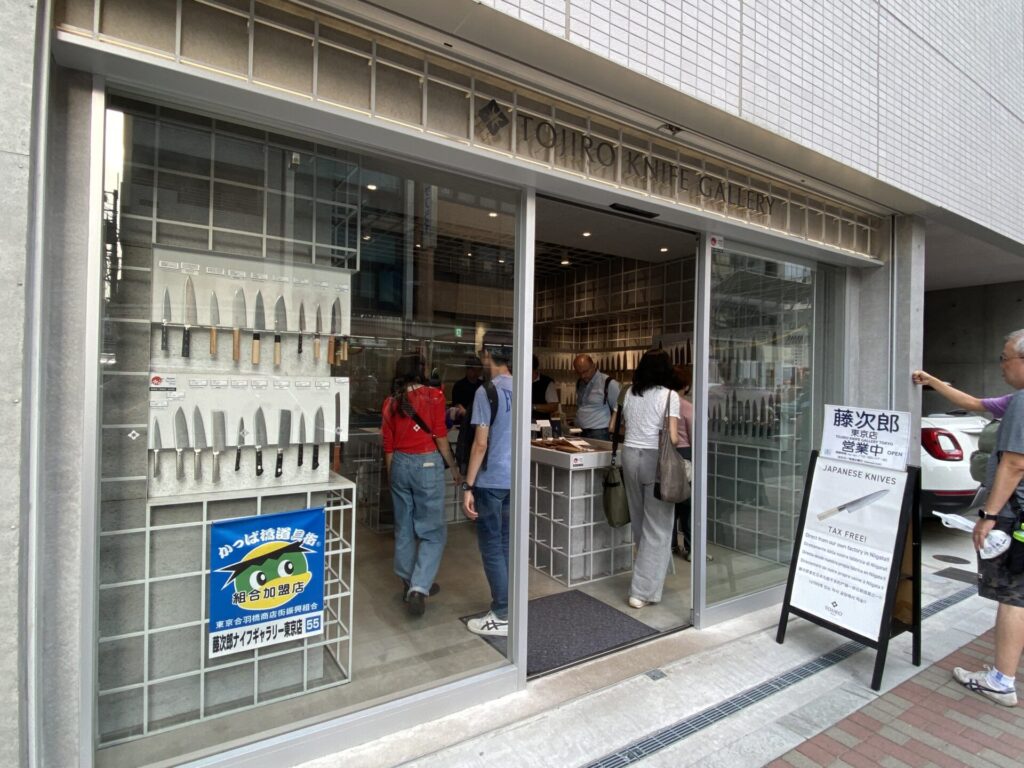

Sakai-tohji
Sakai Tohji in the Kappabashi Tool Street sells a wide range of cookware and frying pans for both professional cooks and home use. High-quality stainless steel frying pans and woks are particularly popular, featuring even heat conduction and durability. We also have a wide selection of kitchen knives and offer personalized personalization services. Sakai Tohji offers products suitable for all people who love to cook.


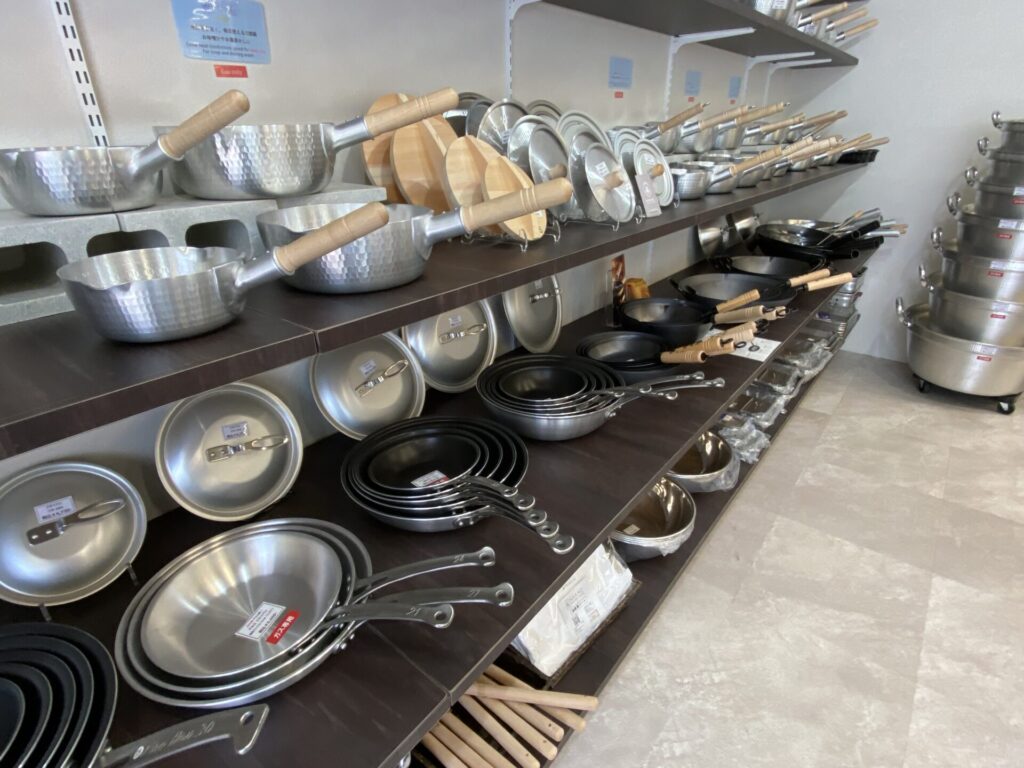

“Kotaka” also purchased a stainless steel frying pan, a copper egg cooker, and an oyako nabe, all of which are used by professional chefs!


Tokyo Sky Tree seen from Kappabashi Tool Street
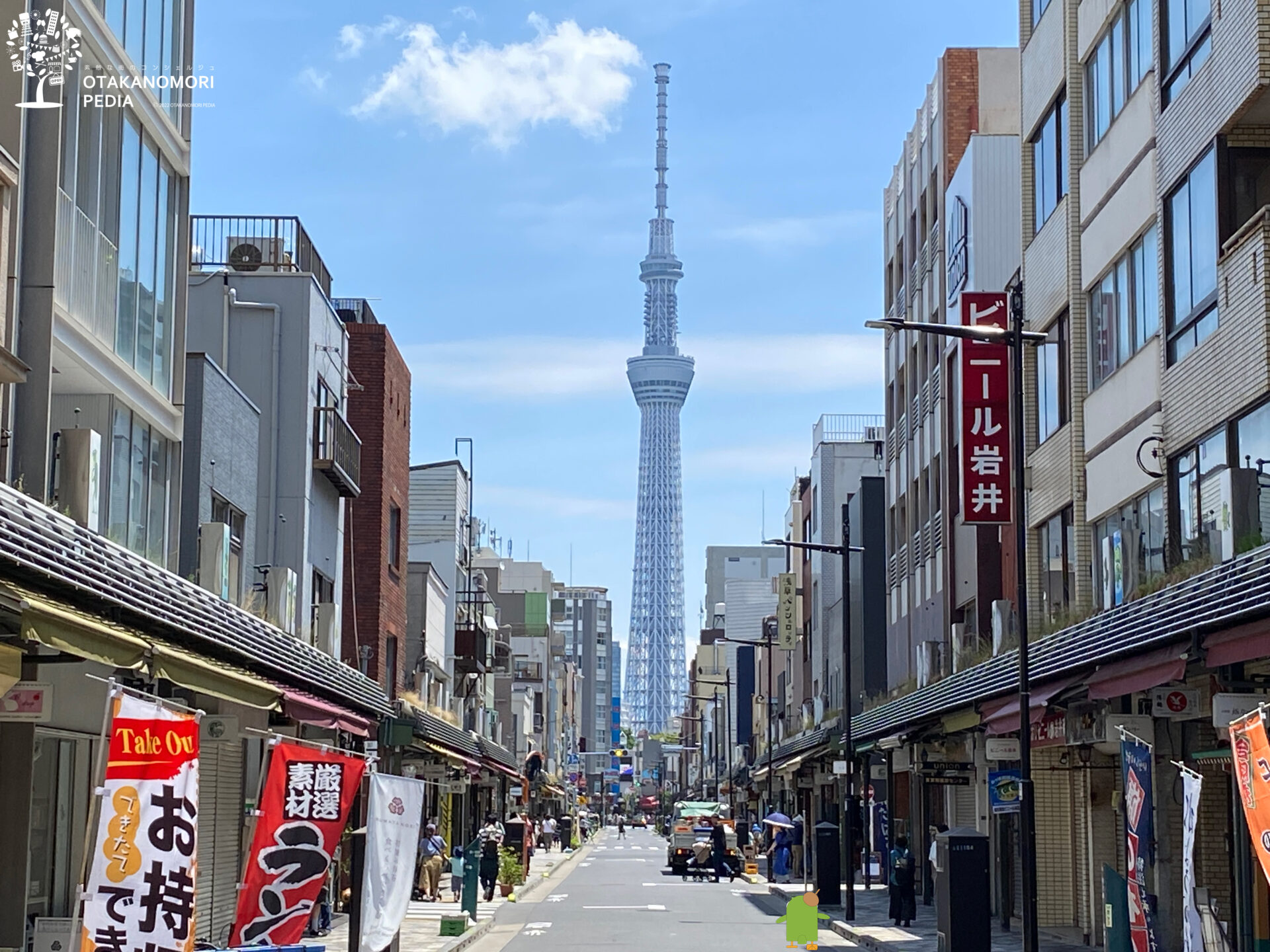

Sweet shop (estimated time: 30 minutes)
Sweet Tea House Kikumaru is a Japanese-style sweet shop in Asakusa, a popular spot for enjoying traditional Japanese sweets. The interior of the restaurant has a relaxed Japanese atmosphere that allows you to spend a relaxing time.
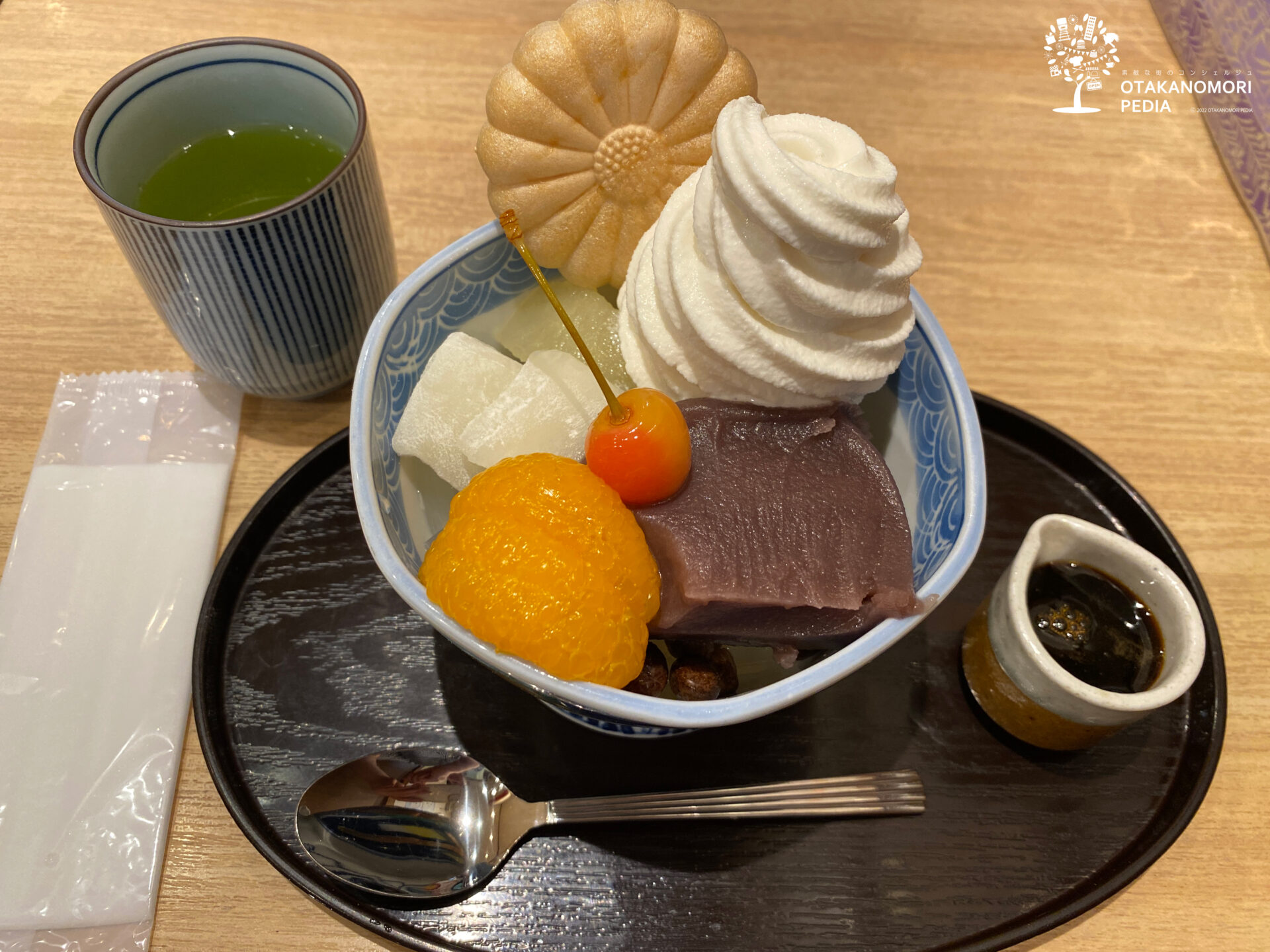

The specialty anmitsu and mitsumame are loved by many people for the exquisite harmony of carefully prepared homemade red bean paste and fresh fruit. We also offer a wide selection of matcha green tea and seasonal Japanese sweets, so you will find new tastes no matter how many times you visit. Be sure to stop by during your visit to Asakusa and Kappa Bridge.


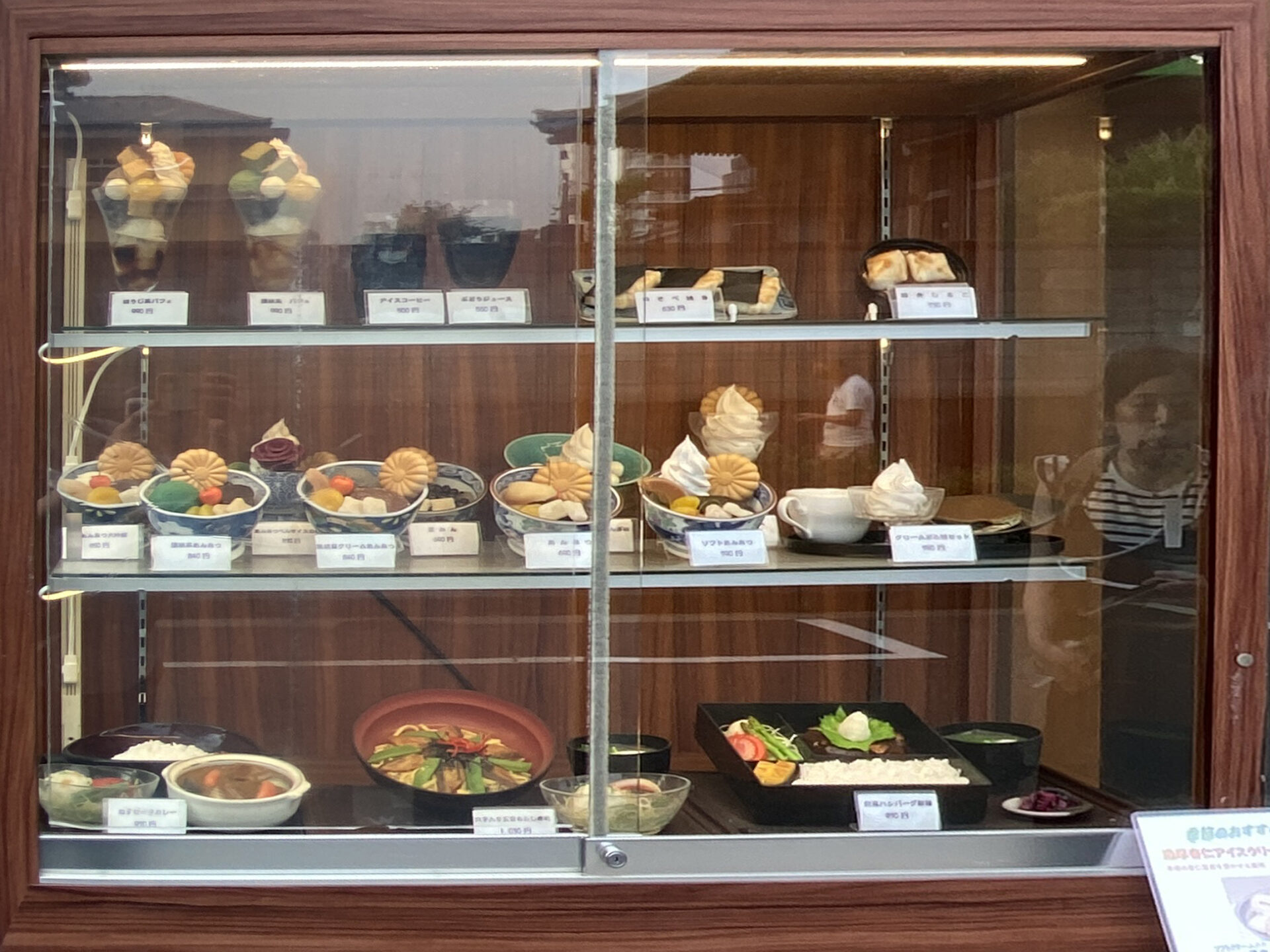

Special Offer! Take a highway bus from Osaka/Kyoto to Tokyo/Nagareyama Otakanomori! Take the Milky Way Express from Nagareyama Otakanomori to Osaka Expo from April 13, 2025 to October 13, 2025!



For August Obon vacation trips to Kansai and Nagoya, we recommend the Milky Way Express highway bus departing from Nagareyama Otakanomori! Don’t forget to make your reservation early! Click the banner photo to see the actual experience of “Kotaka”!
If you live in Osaka or Kyoto, come visit Otakanomori by this bus!
⑥ 14:30-15:00 Asakusa Culture and Tourism Center (30 min. for reference)
Asakusa Culture and Tourism Center is a very popular spot for both domestic and international tourists as a center for disseminating information on sightseeing in Asakusa. The center is located right in front of Kaminarimon, and offers a variety of useful services for sightseeing, such as providing tourist information, event information, and pamphlets.
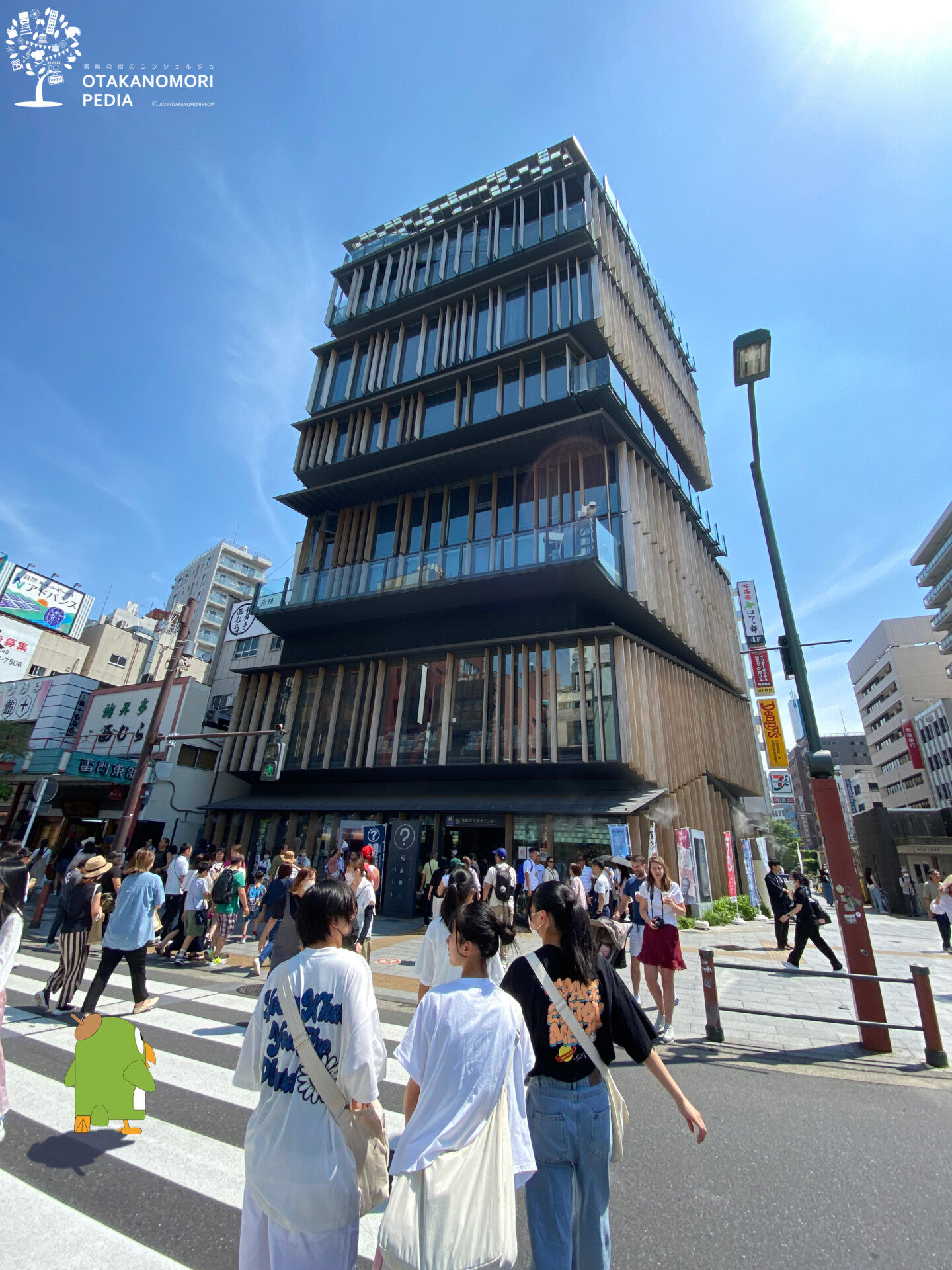

The building was designed by architect Kengo Kuma, and its unique exterior is one of the highlights of the center.
Inside the center, there are exhibits on the history and culture of Asakusa, showing visitors the charm of Asakusa.
Visitors can also enjoy a beautiful view of Asakusa and the Sky Tree from the observation floor. There are also a variety of cafes and rest areas, ideal for taking a break from sightseeing.
Please visit us as a source of information for a deeper enjoyment of sightseeing in Asakusa.
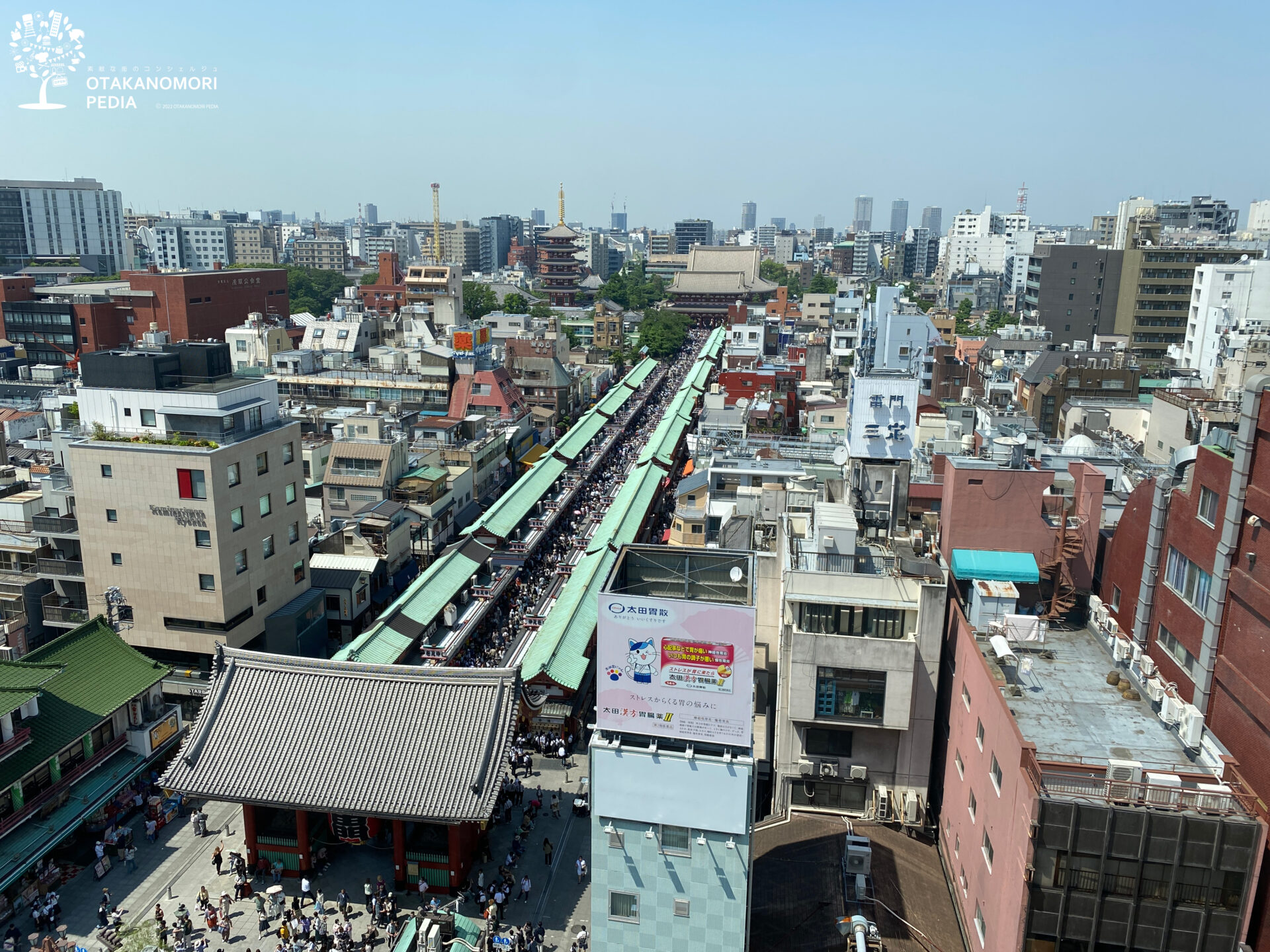

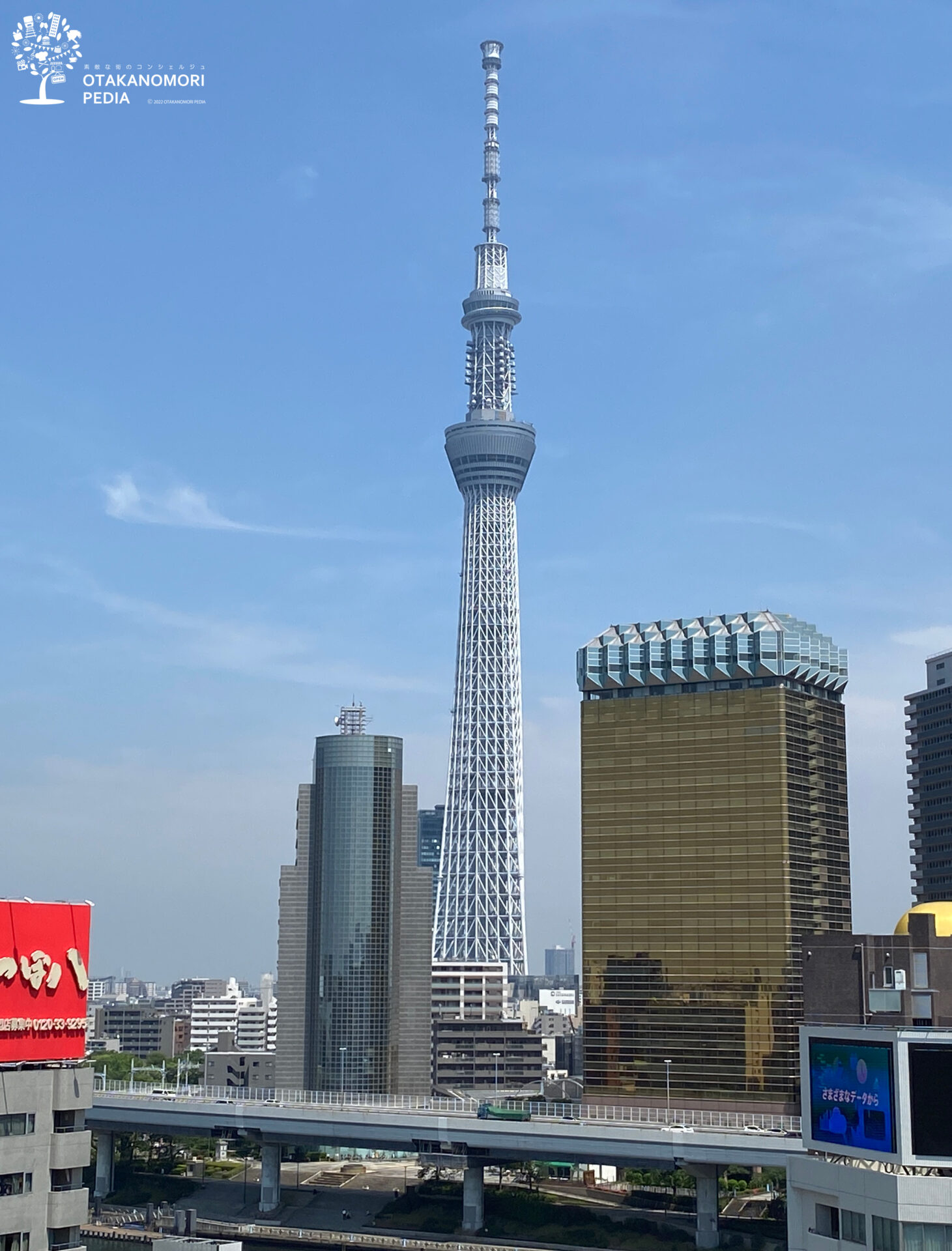

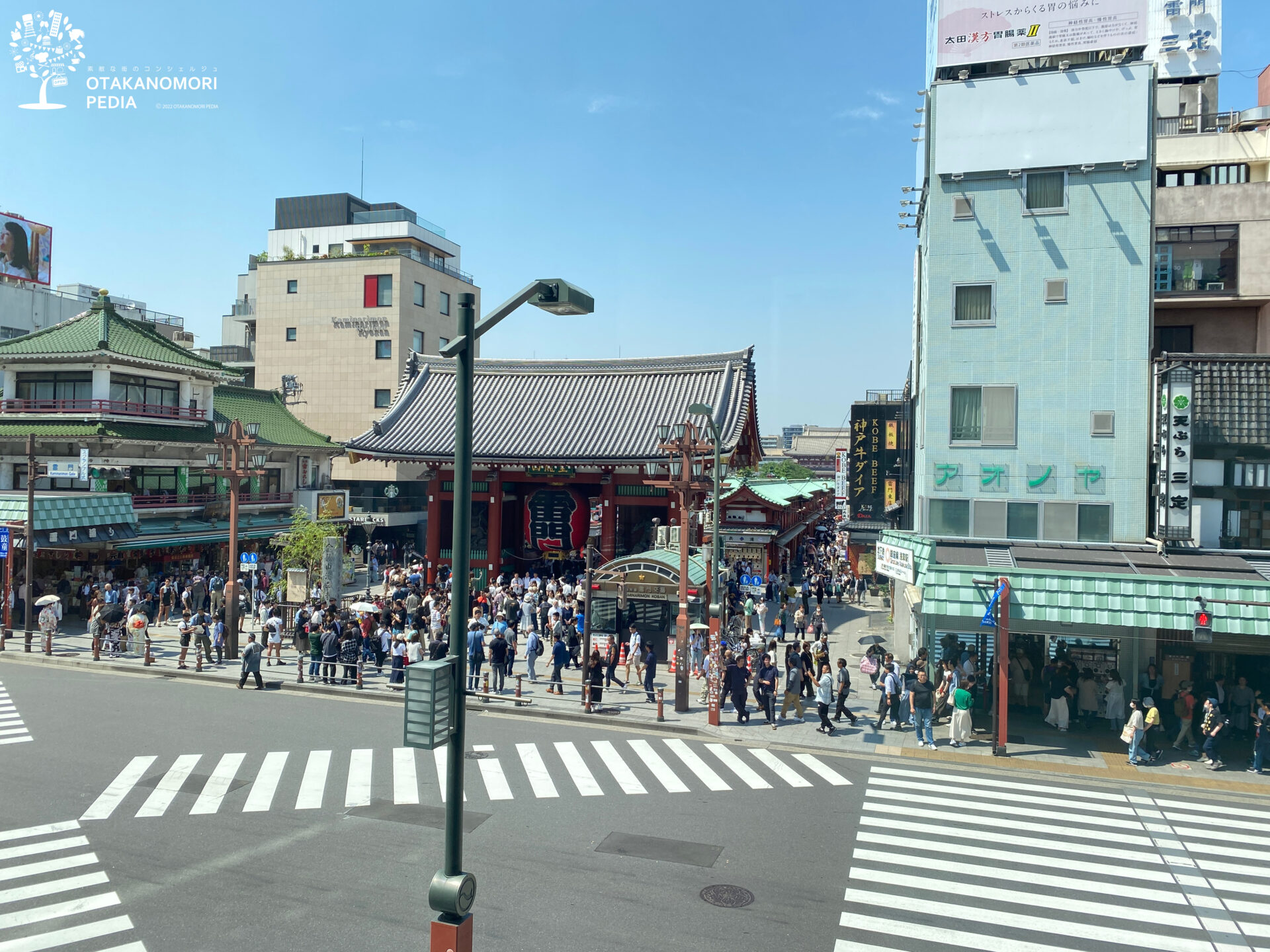

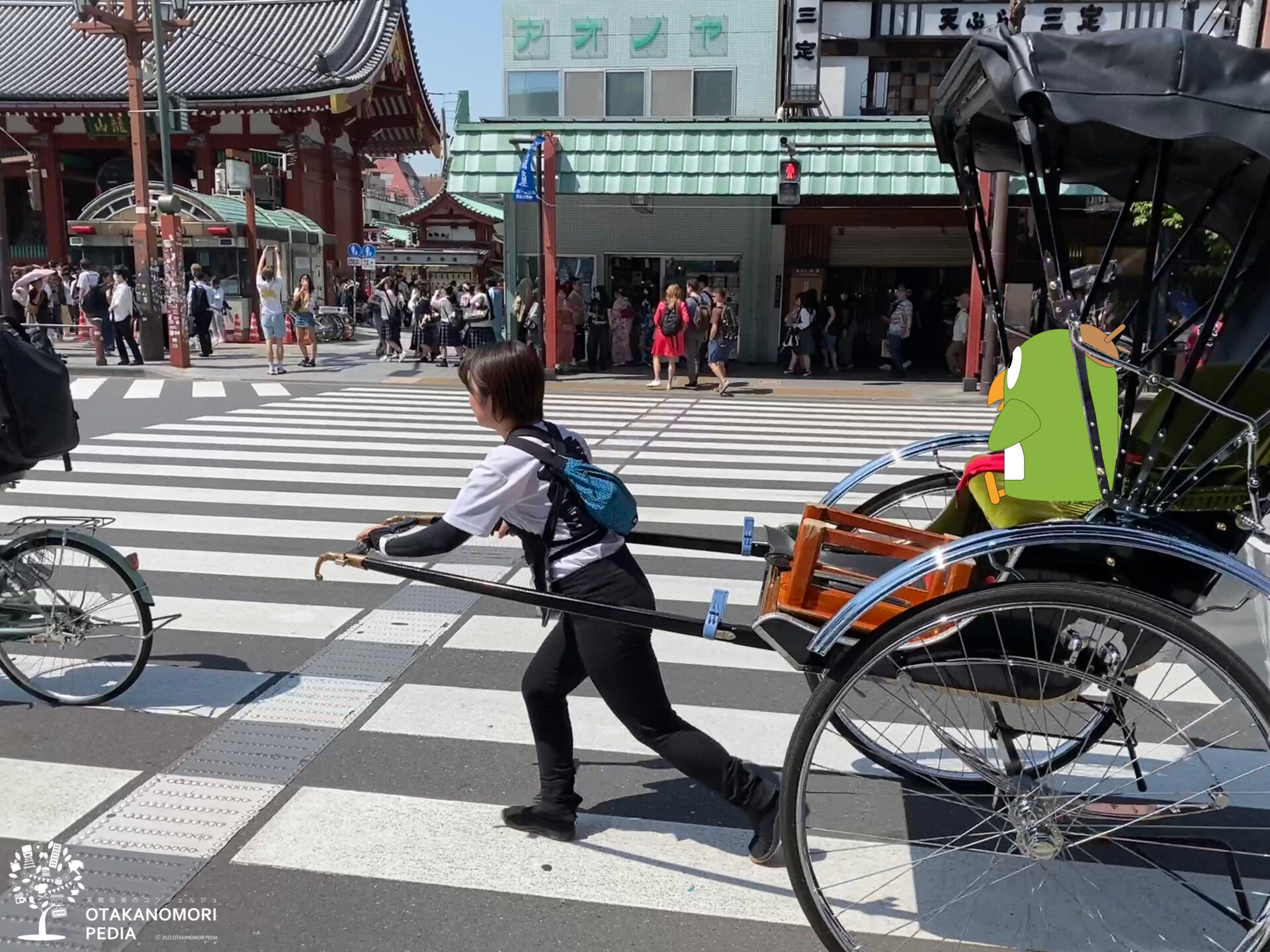

⑦ 15:30-19:00 Tokyo Skytree (estimated time: 3-4 hours)


The Tokyo Sky Tree opened in 2012 as a new landmark in Tokyo, and at 634 meters tall, it is the tallest radio tower in the world. As a tourist attraction, the Sky Tree offers visitors a spectacular view of Tokyo. From the observation deck, on a clear day you can see as far as Mt. Fuji, and the night view is also worth seeing.




Travel one stop from Asakusa Station on the Tobu Skytree Line to Tokyo Skytree Station.
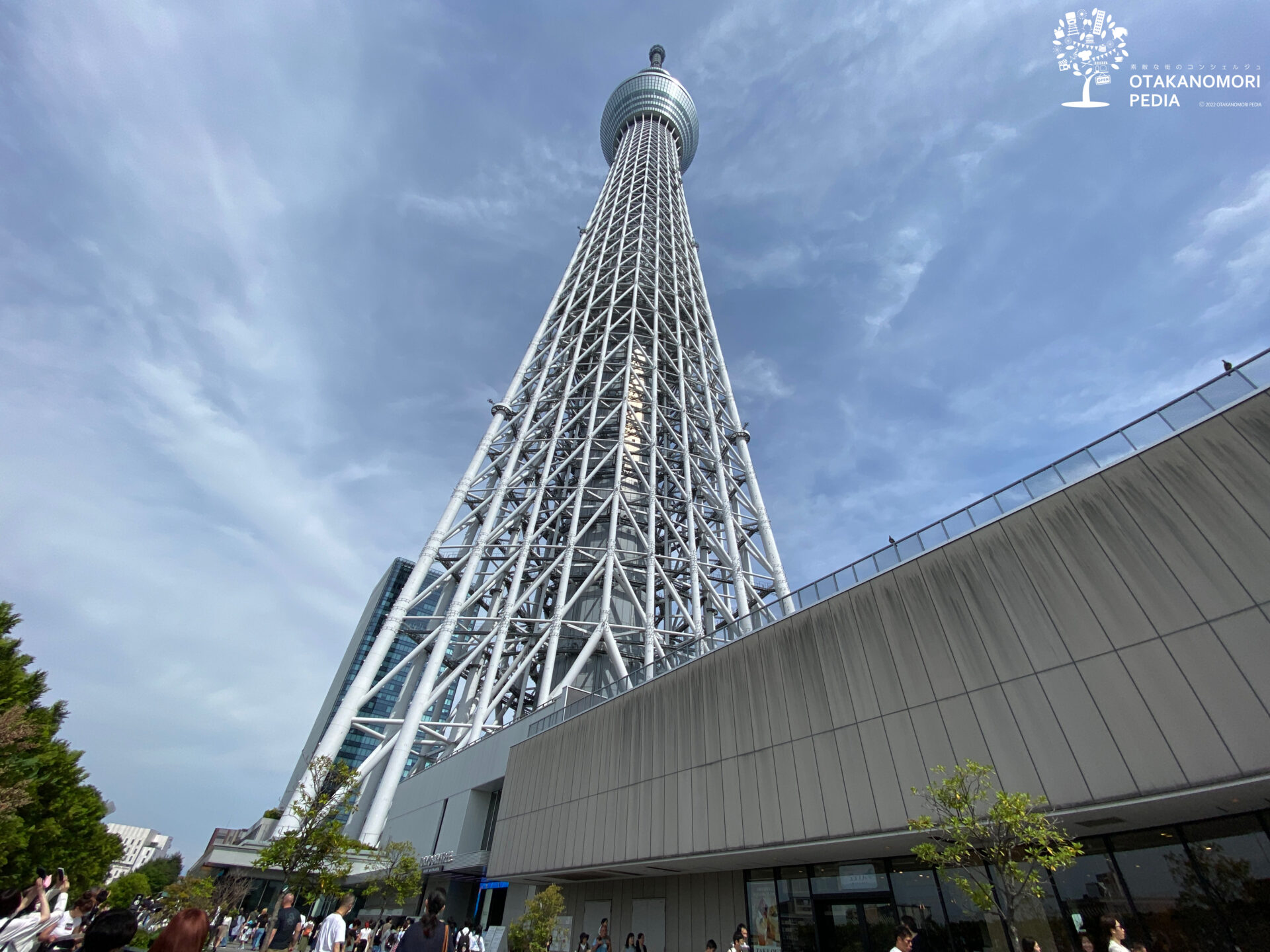

Tokyo Skytree Town offers a wide range of facilities for families and friends to enjoy together, including a shopping mall, an aquarium, and a planetarium. In particular, “Solamachi,” which stretches at the foot of the Skytree, offers a wide variety of gourmet foods and souvenirs, and can be enjoyed all day long. The traditional Asakusa area around the Skytree is also nearby, making it the perfect place to experience the fusion of old and modern Tokyo.
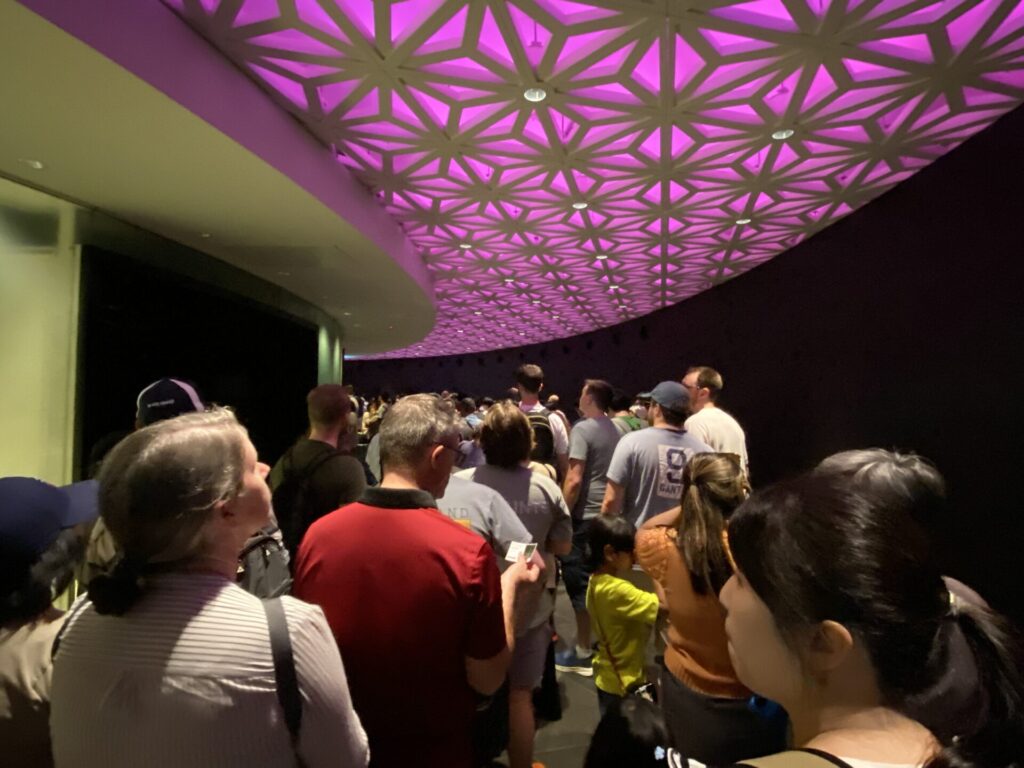

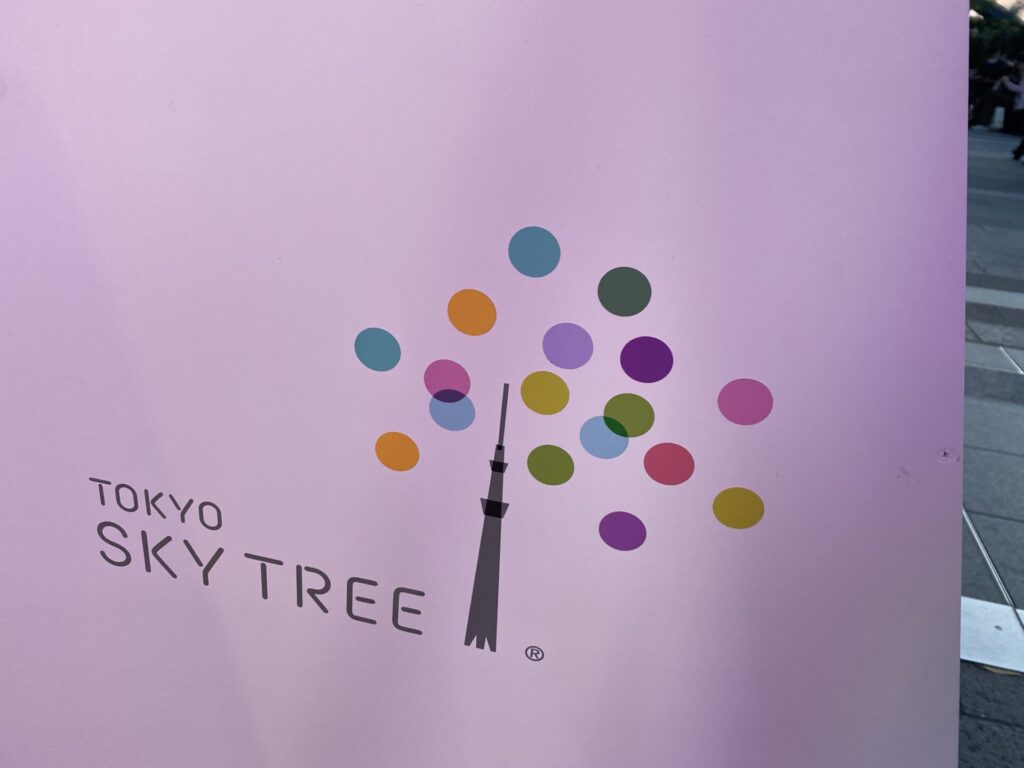

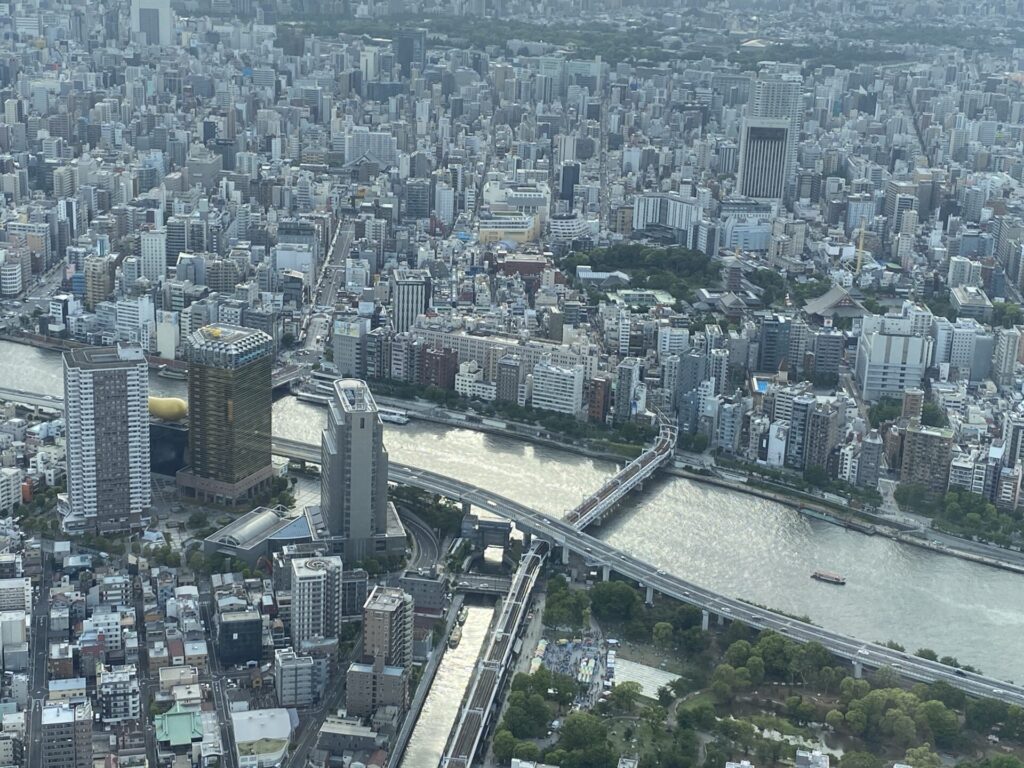

It was a Sunday when “Kotaka” visited the observatory. After purchasing the ticket, it took about 2 hours to reach the “Observation Deck” at 345 meters above sea level. After enjoying the view for about 20 minutes, we moved to the “Observation Corridor” at an altitude of 450 meters above sea level and enjoyed the view for another 20 minutes.




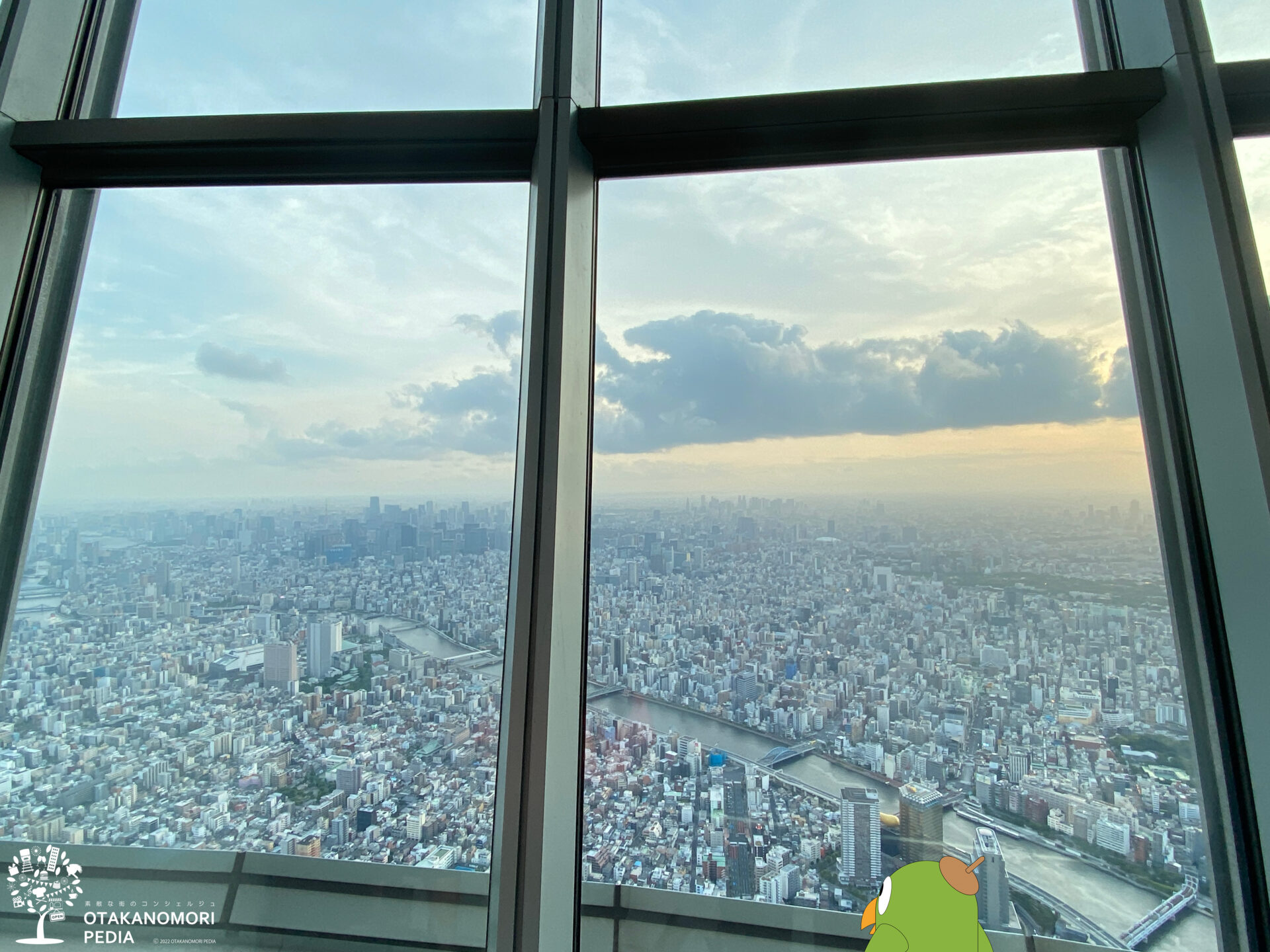

The view from the Tokyo Sky Tree was breathtaking! Considering the less than one hour of shopping time at “Solamachi” after getting off the elevator, you should consider about 4 hours in total. Be prepared for queues as long as the popular attractions at Tokyo Disneyland!
However, I don’t think I will be able to visit this place many times in my lifetime, so even including this waiting time, it was a wonderful experience and I am glad I went. Tokyo Sky Tree is an essential part of your Tokyo sightseeing experience. Please visit it and experience its charm.
Special Offer! Take a highway bus from Osaka/Kyoto to Tokyo/Nagareyama Otakanomori! Take the Milky Way Express from Nagareyama Otakanomori to Osaka Expo from April 13, 2025 to October 13, 2025!
⑧ 19:30~20:00 Owari House
Established in 1869, Owariya in Asakusa is a long-established soba restaurant that has been serving flavorful Edo-mae soba for over 150 years. The restaurant’s interior has a traditional Japanese atmosphere, allowing customers to enjoy delicious soba in a relaxed atmosphere.
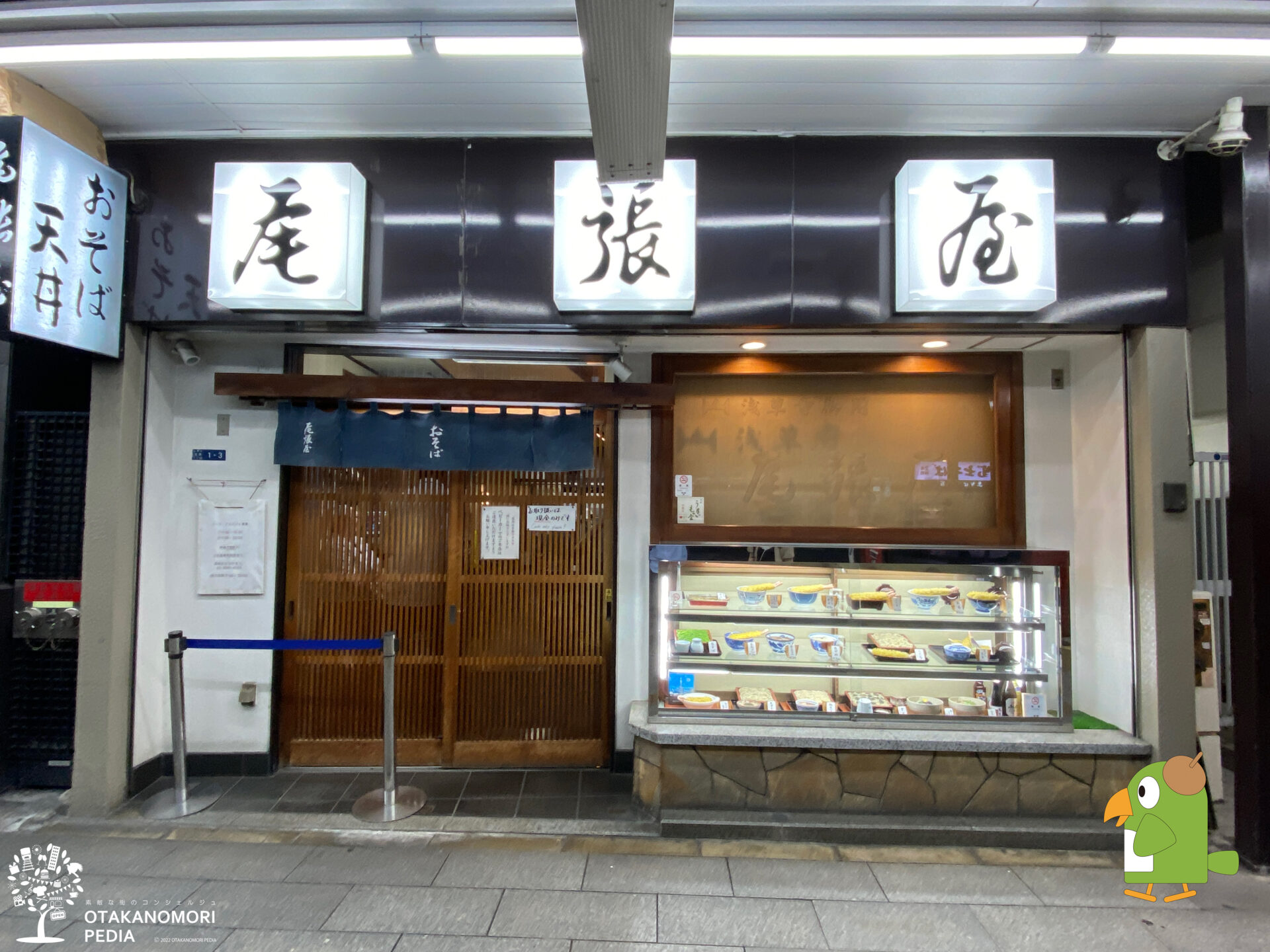

The popular Tempura Soba in particular is loved by many for its perfect balance of crispy tempura and firm buckwheat noodles. The restaurant also offers a seasonal menu, so you can enjoy a new taste every time you visit. We hope you will enjoy the traditional taste at Owariya during your visit to Asakusa.
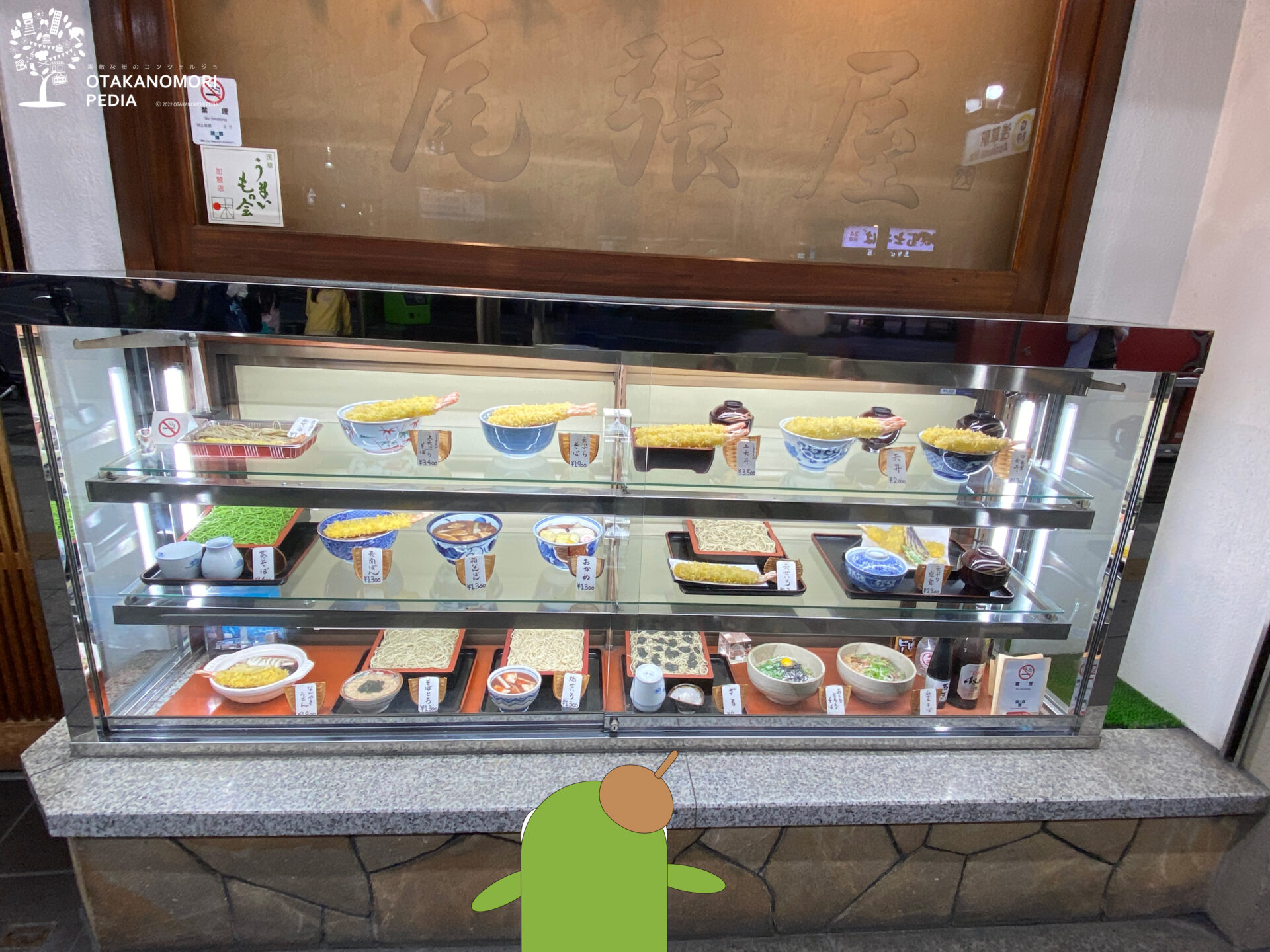

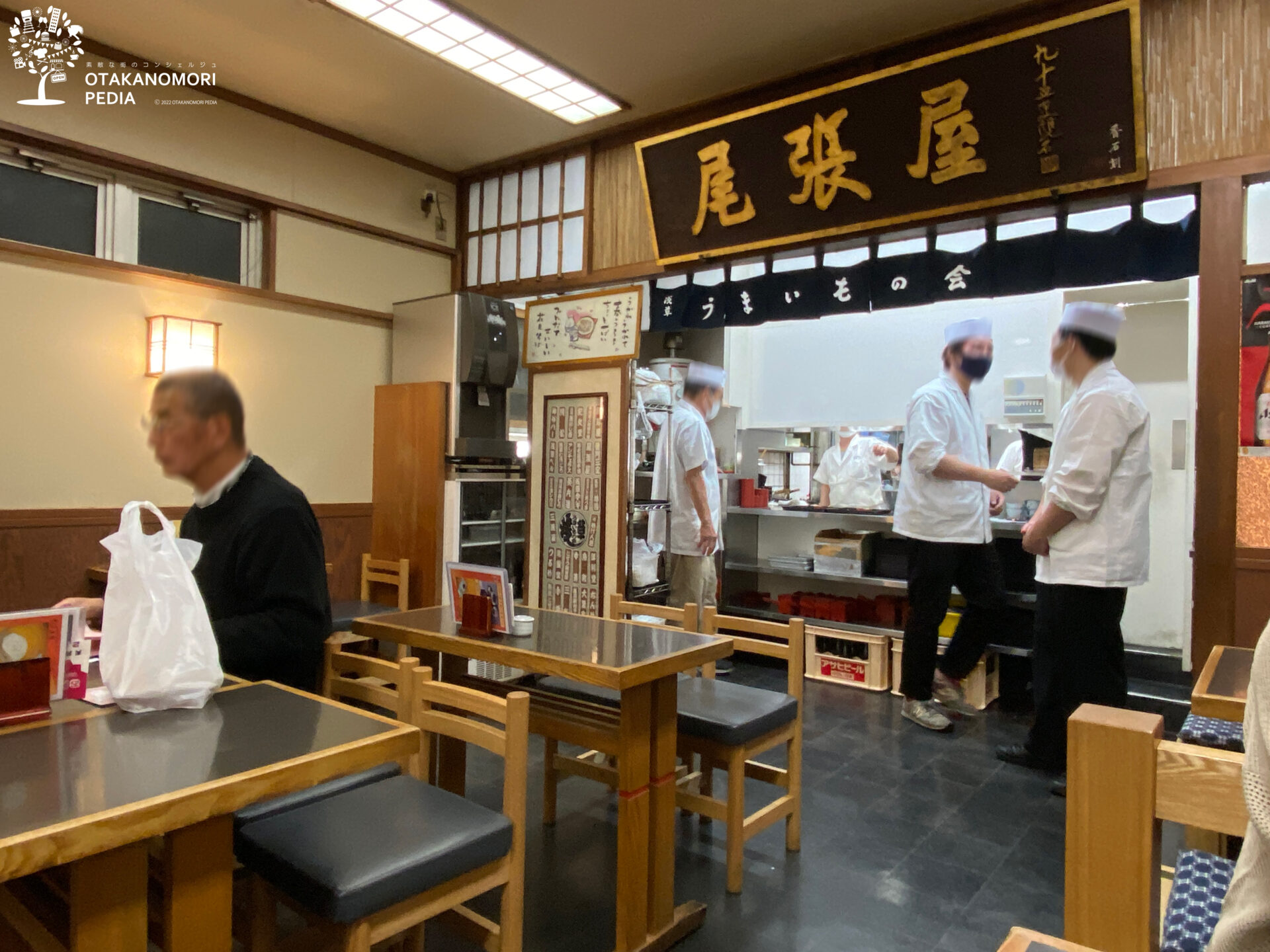

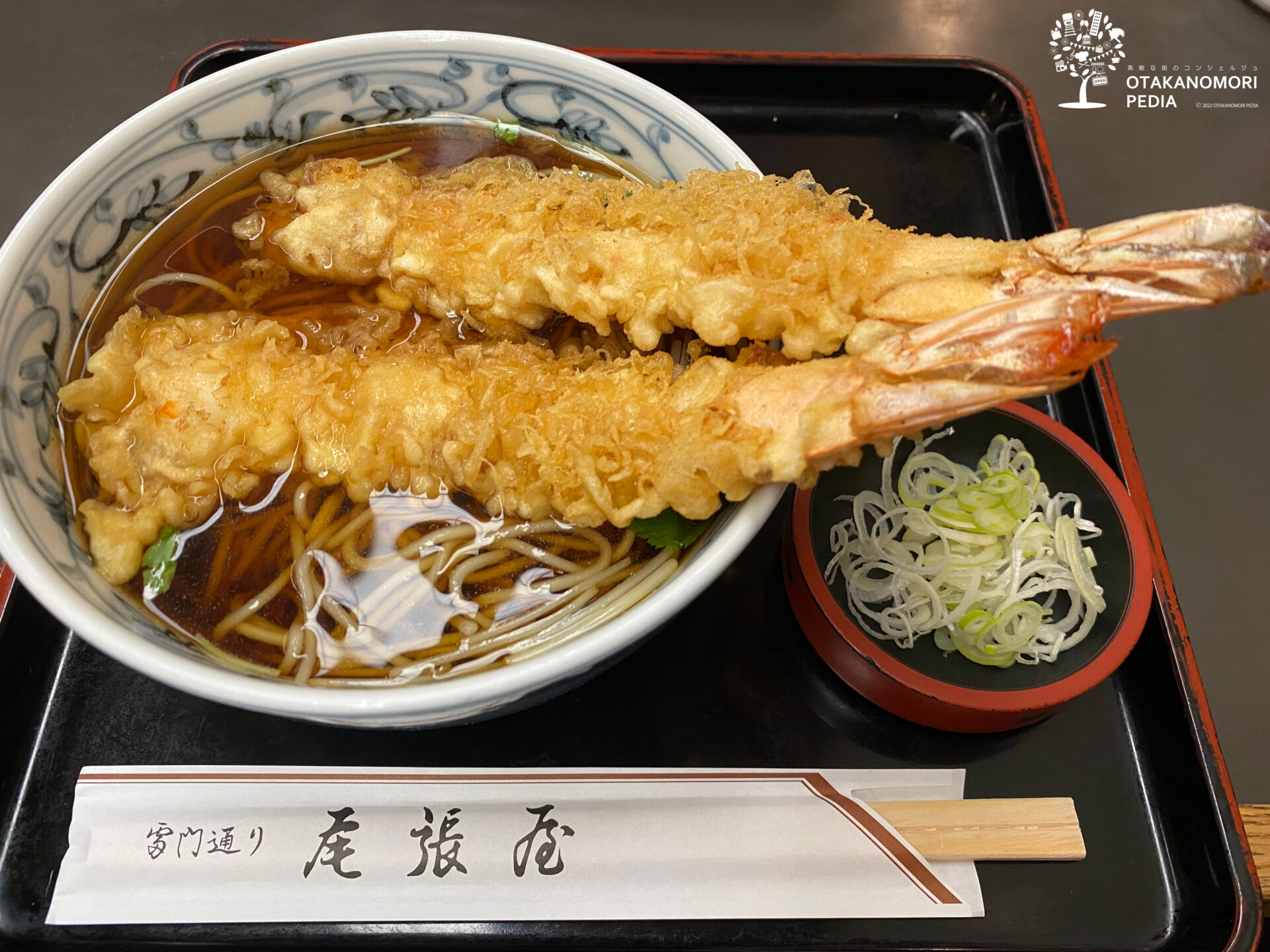

⑨ 19:30-20:00 Beautiful “Five-Story Pagoda” illuminated at night and “Tokyo Sky Tree”, old and new towers together
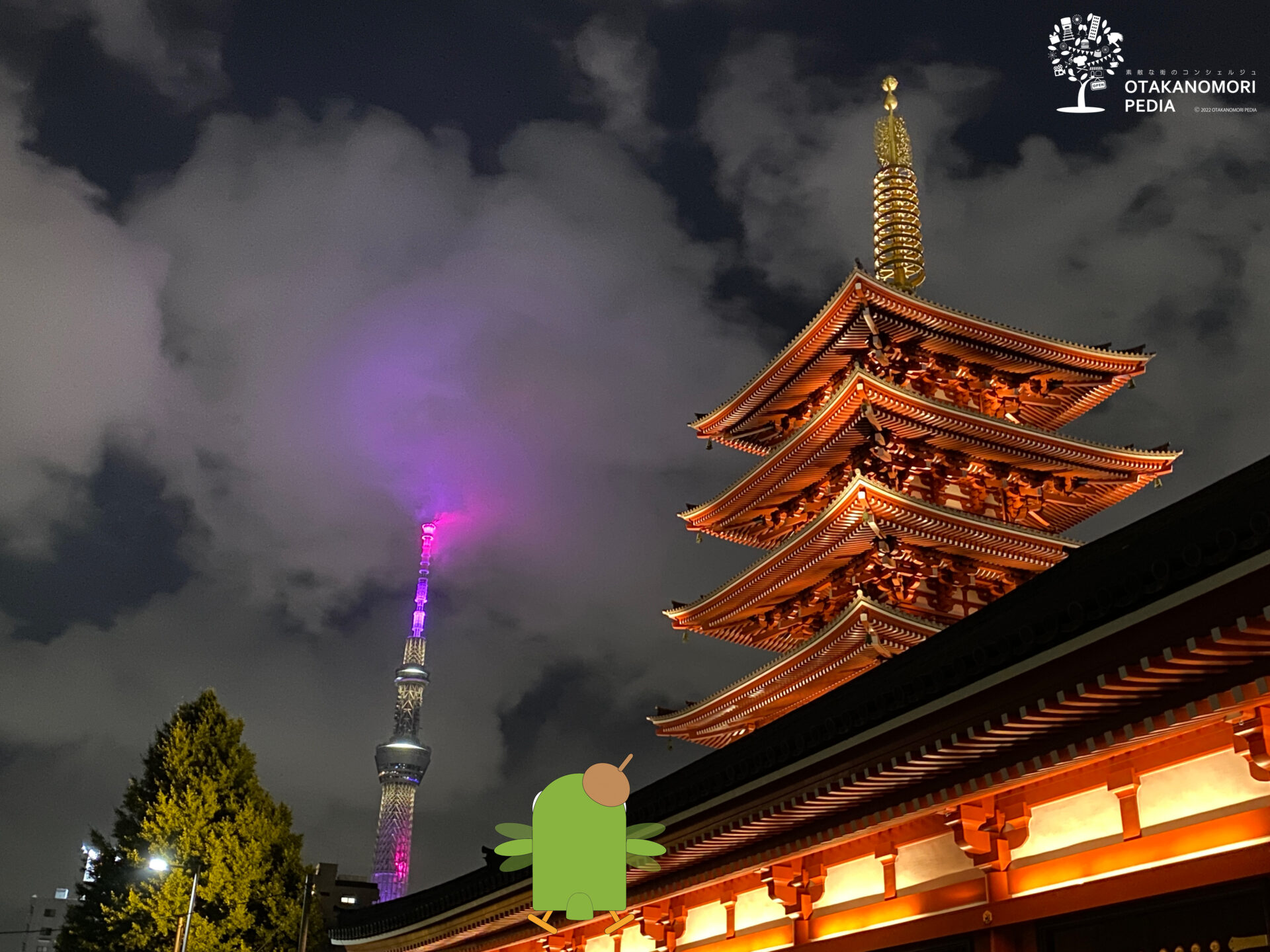

Traditional Japanese architectural techniques were incorporated into the design of the Tokyo Sky Tree. In particular, the “shinbashira,” or central pillar, at the center of the five-story pagoda was used as a reference.
The shinbashira in the five-story pagoda is a large pillar that stands in the center of the building and functions to stabilize the building against shaking from earthquakes and other disasters. The central pillar extends from the base of the tower to the apex, supporting the weight of each floor and providing flexibility to help the entire building sway as one in the event of an earthquake.
The Tokyo Sky Tree uses this concept of a central pillar as the “central shaft. The central shaft serves to control the overall swaying by acting independently during an earthquake while maintaining the strength of the entire tower.
The current five-story pagoda was rebuilt in 1973, but the original five-story pagoda was first constructed in 1648 and is 53 meters high. It is a super high-rise structure for its time in the Edo period, some 350 years ago. Thus, the old design concepts and techniques of the five-story pagoda have been applied to modern construction technology to create the 634-meter Tokyo Sky Tree, more than 10 times taller than the original pagoda. This is a true example of “learning from the past. It is fun to compare the old and new towers at Sensoji Temple.
The view of the Tokyo Sky Tree from the Kappabashi Tool Street is a beautiful fusion of tradition and modernity. The contrast between the historic stores in the tool street and the towering Sky Tree is stunning, and the view is especially worth seeing at dusk or at night.



This was the information sharing of Asakusa, a world-class tourist attraction, by “Kotaka”, a concierge in Nagareyama. Thank you for reading to the end! If you like, please register our homepage as a favorite and come visit us again! See you again! I’m glad I live in Nagareyama!
Special Offer! Take a highway bus from Osaka/Kyoto to Tokyo/Nagareyama Otakanomori! Take the Milky Way Express from Nagareyama Otakanomori to Osaka Expo from April 13, 2025 to October 13, 2025!



For August Obon vacation trips to Kansai and Nagoya, we recommend the Milky Way Express highway bus departing from Nagareyama Otakanomori! Don’t forget to make your reservation early! Click the banner photo to see the actual experience of “Kotaka”!
If you live in Osaka or Kyoto, come visit Otakanomori by this bus!
